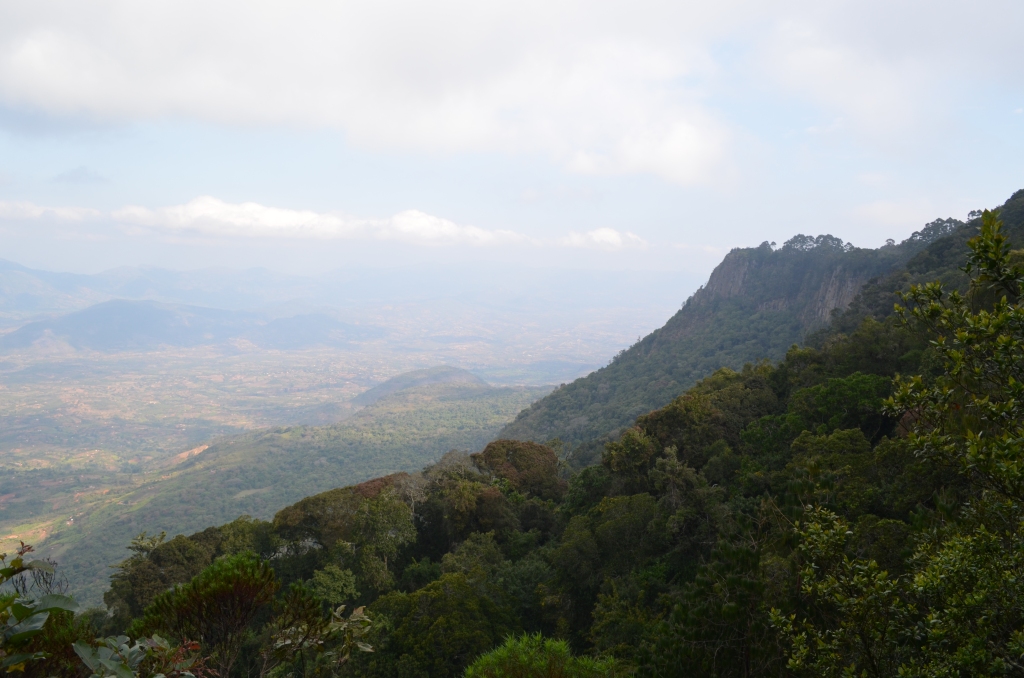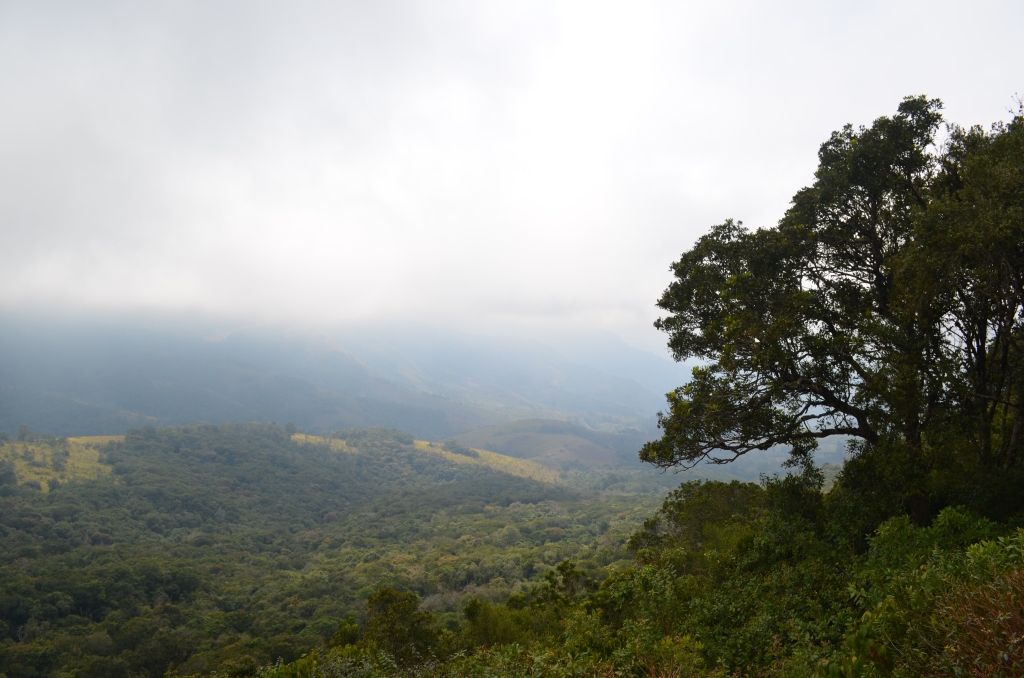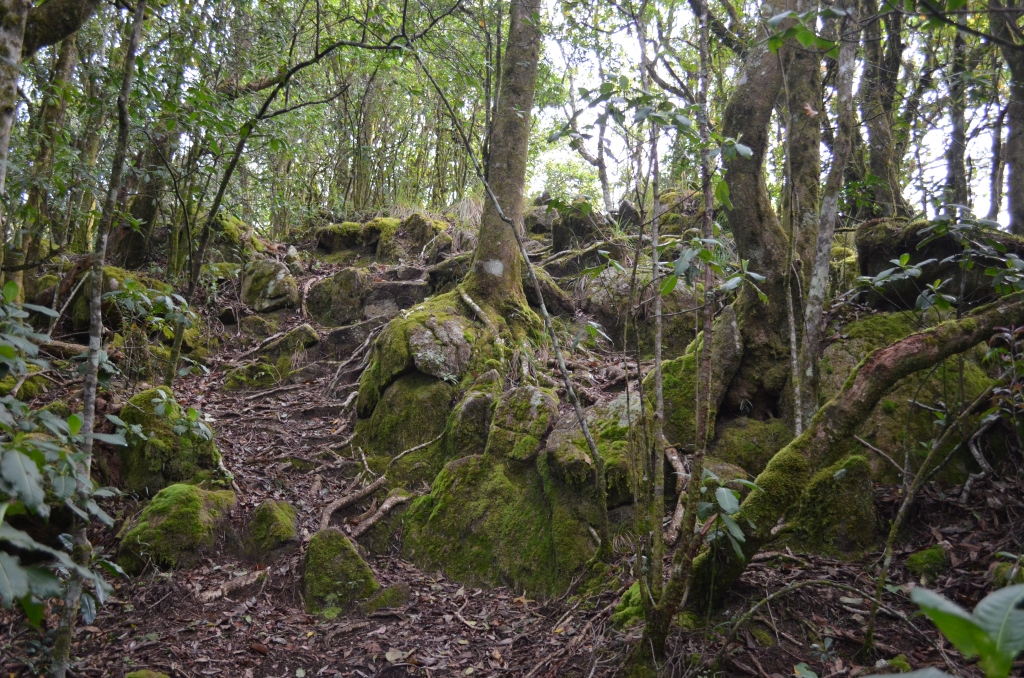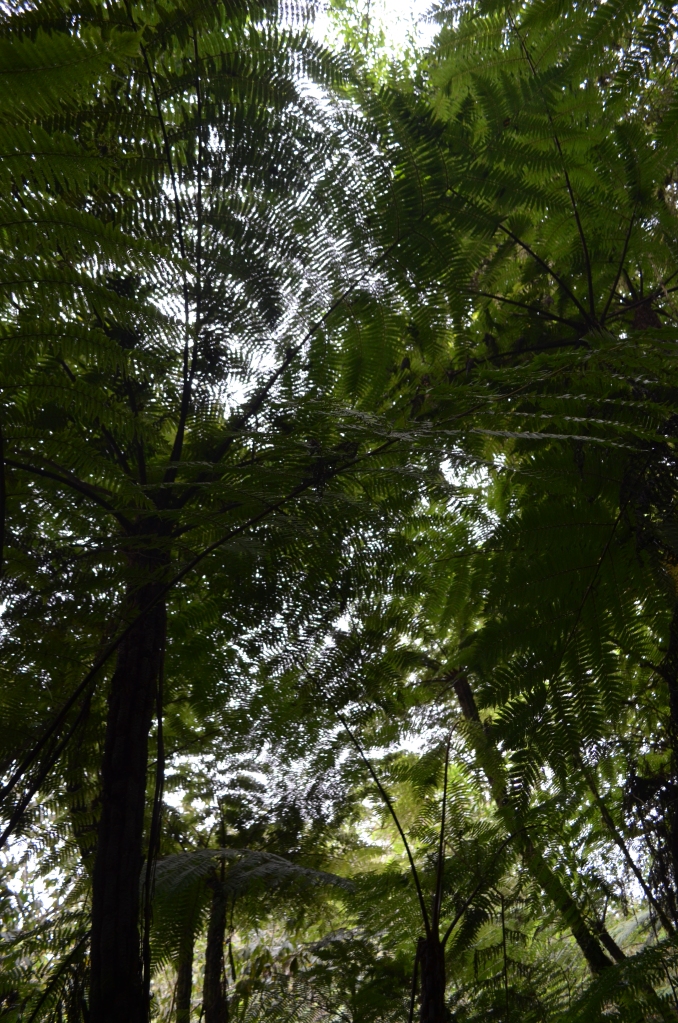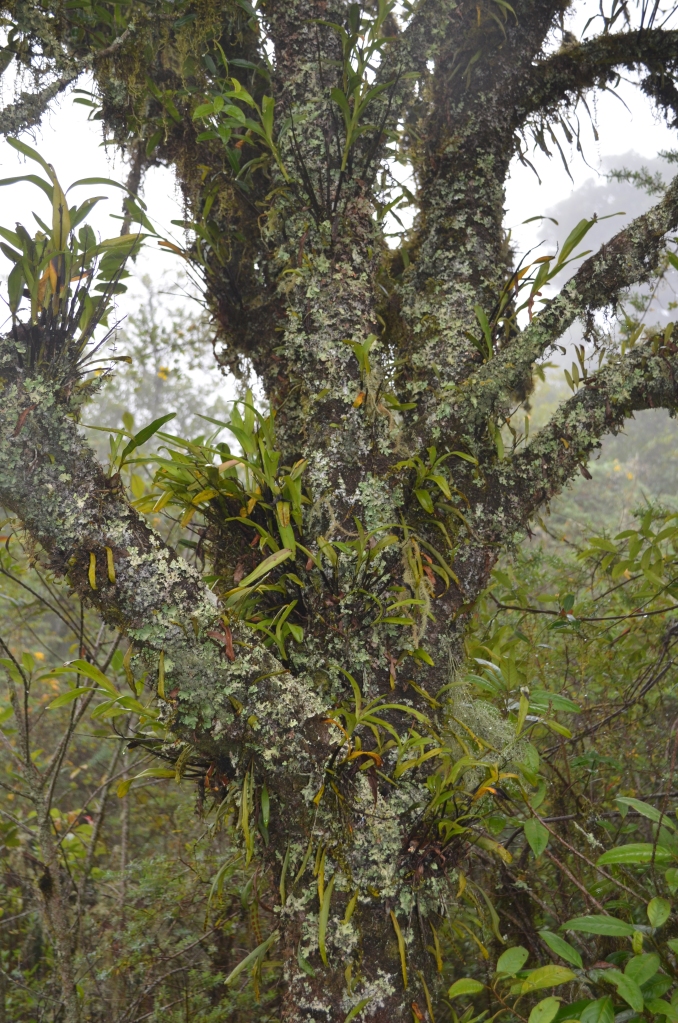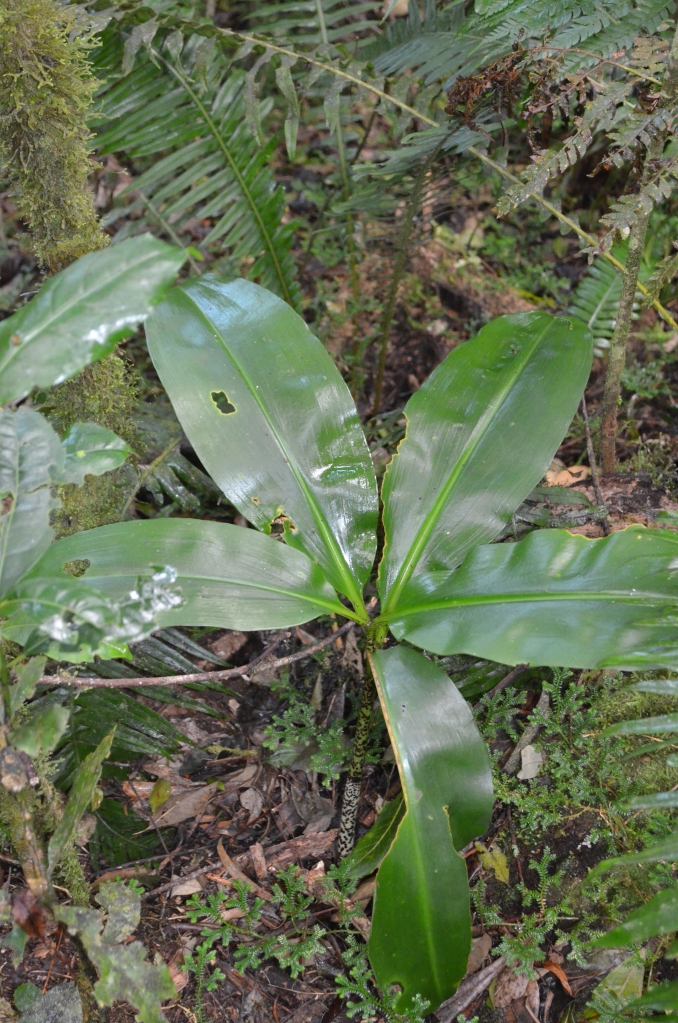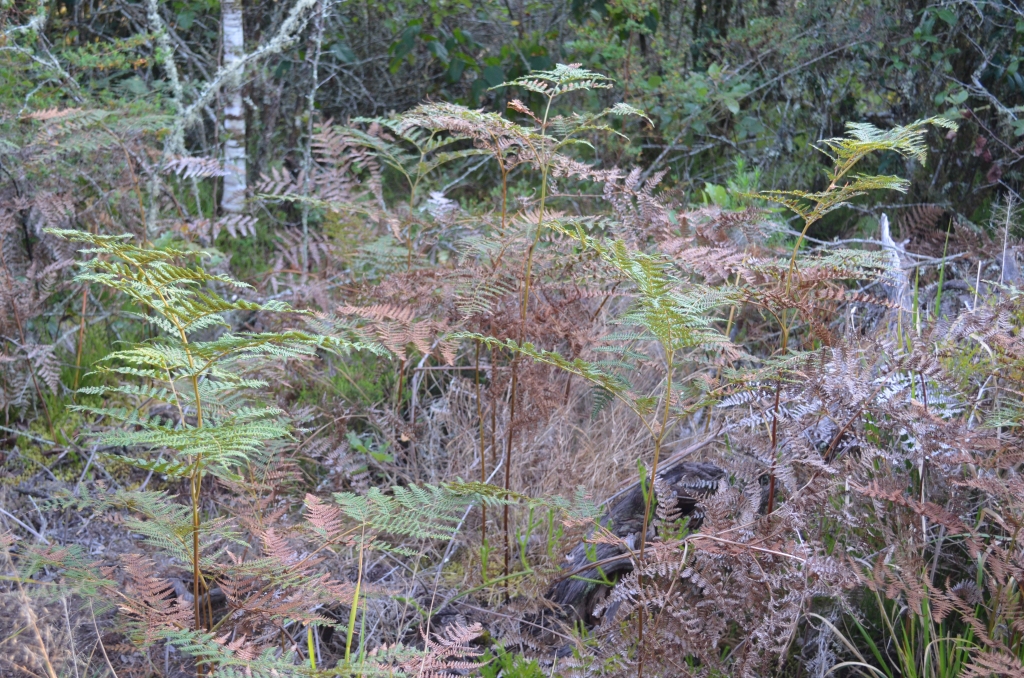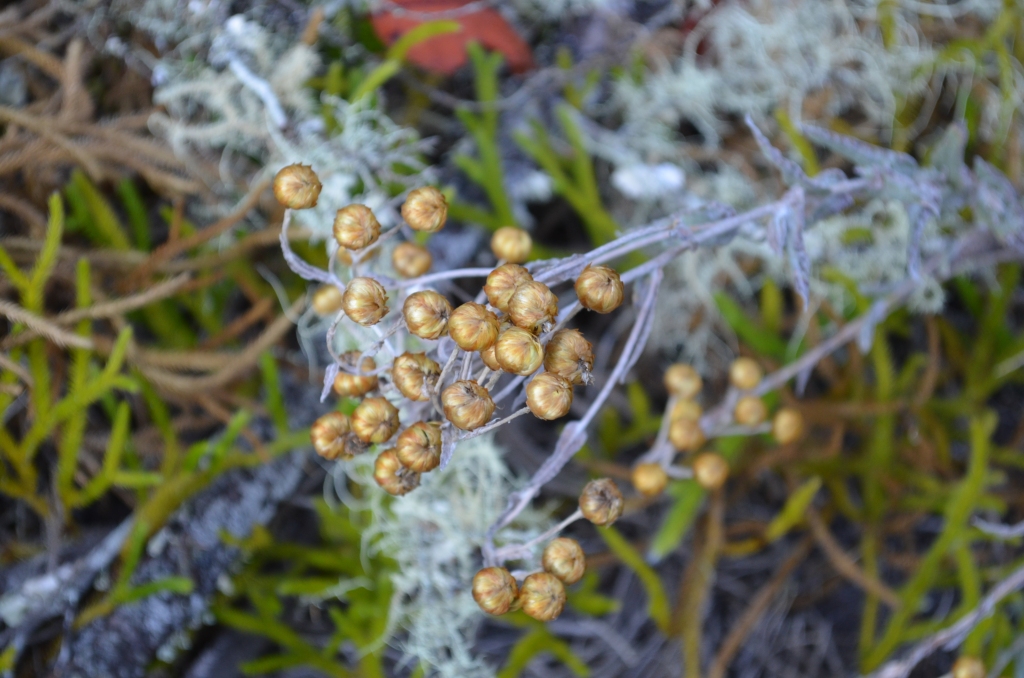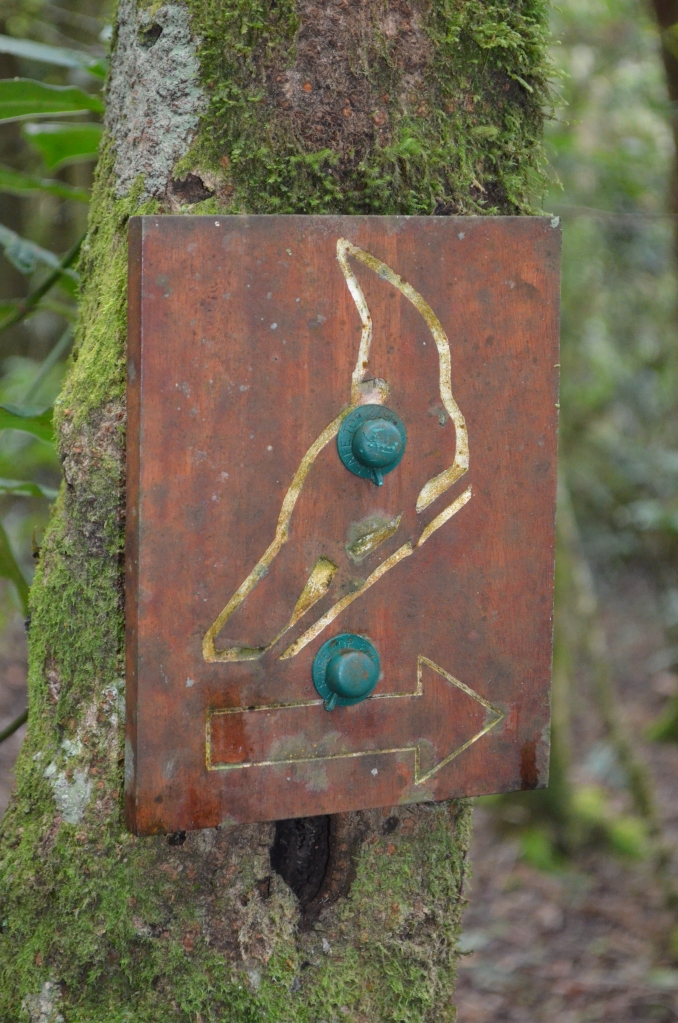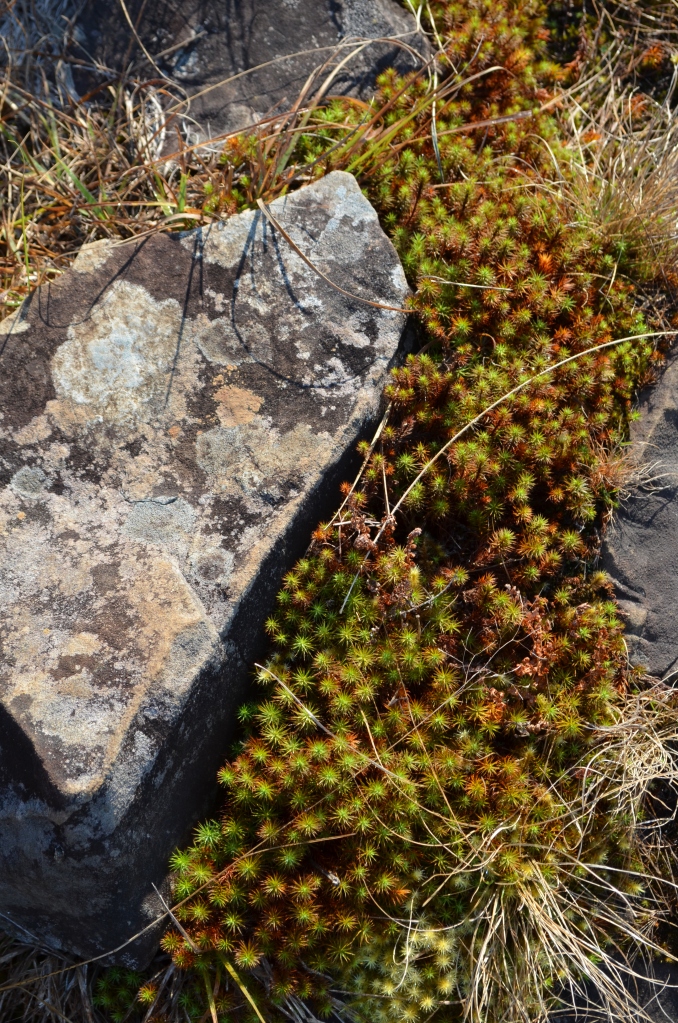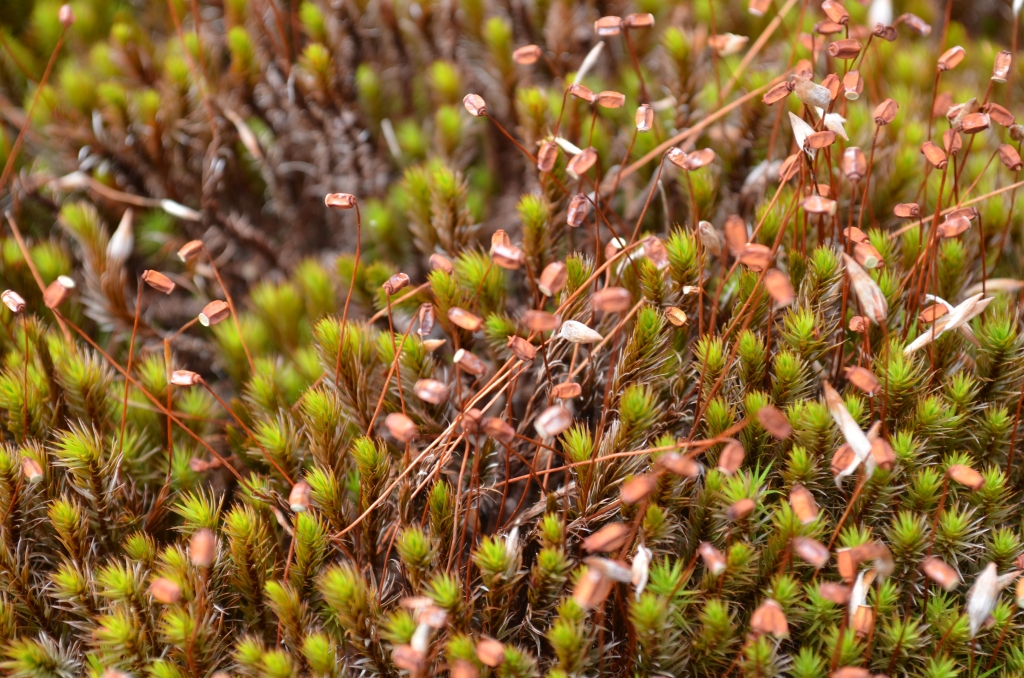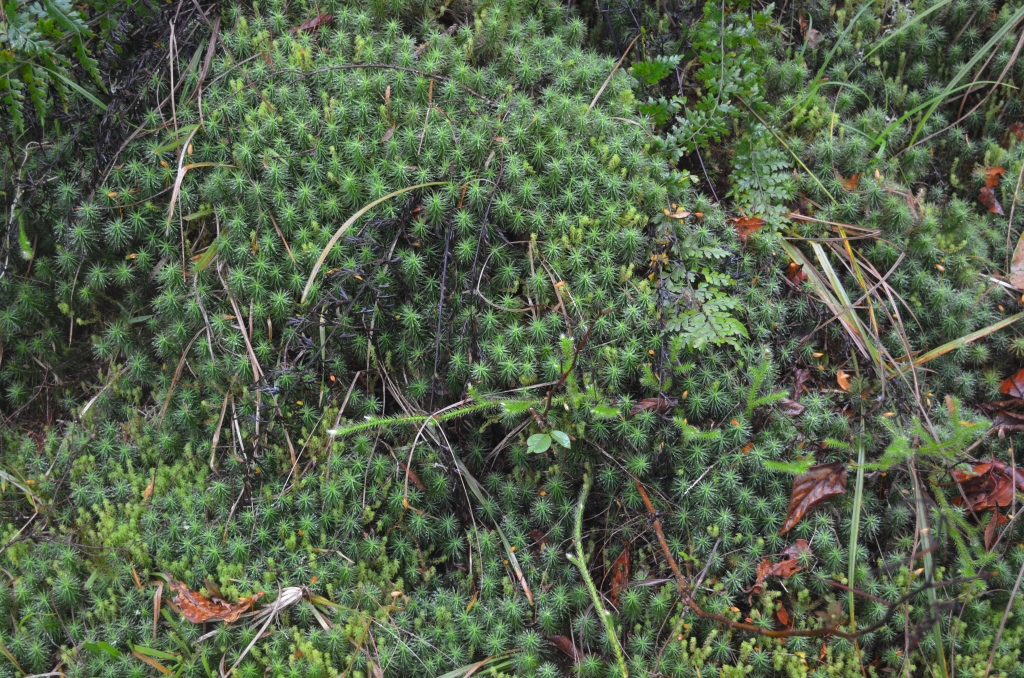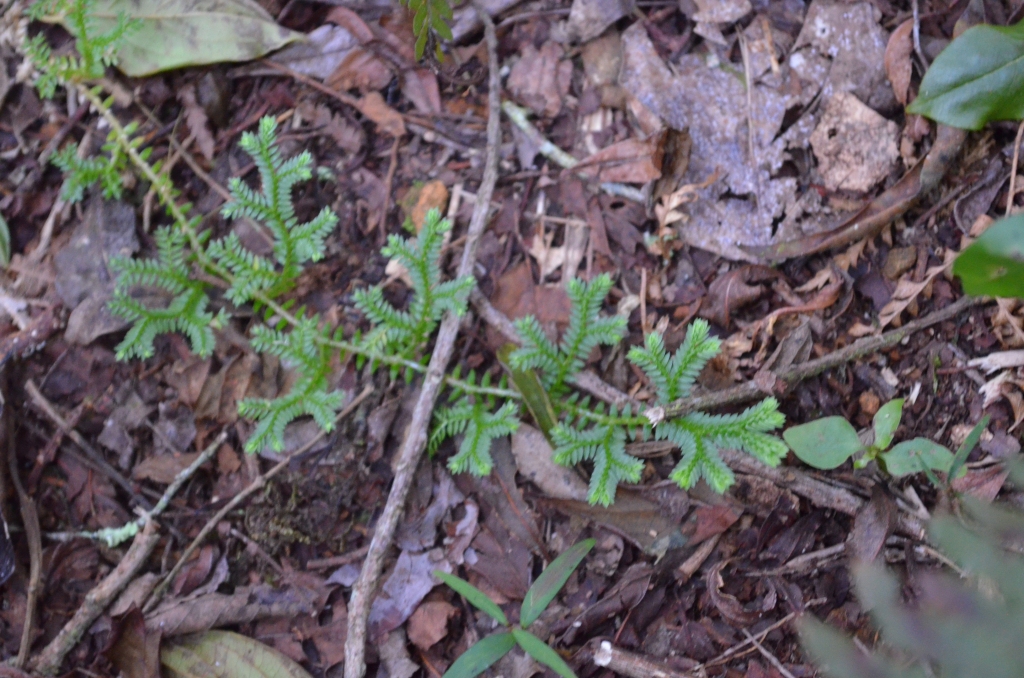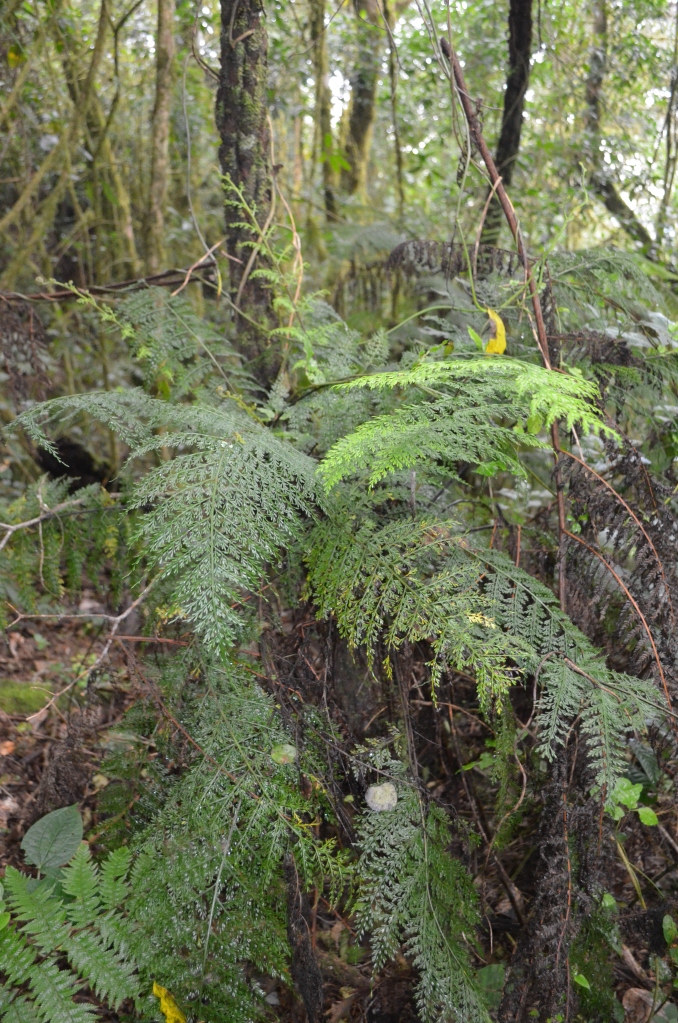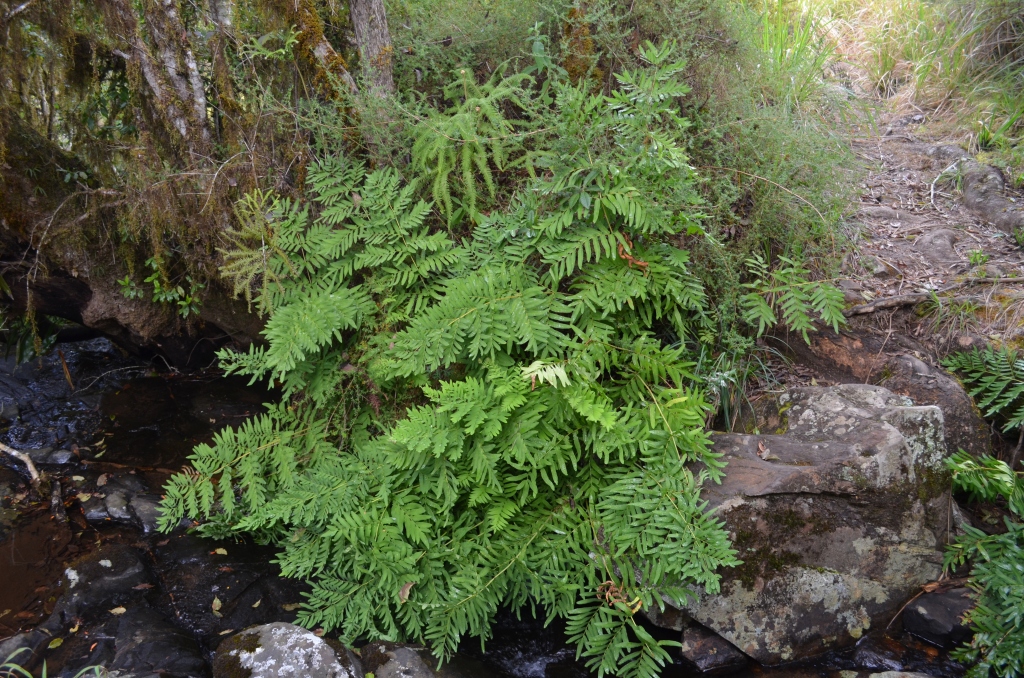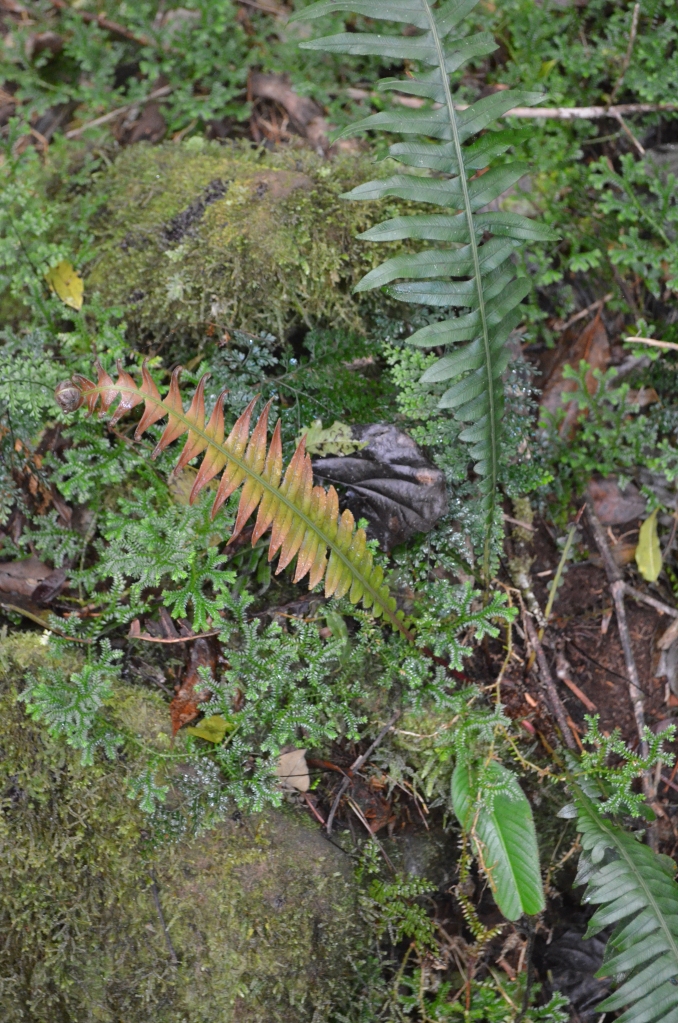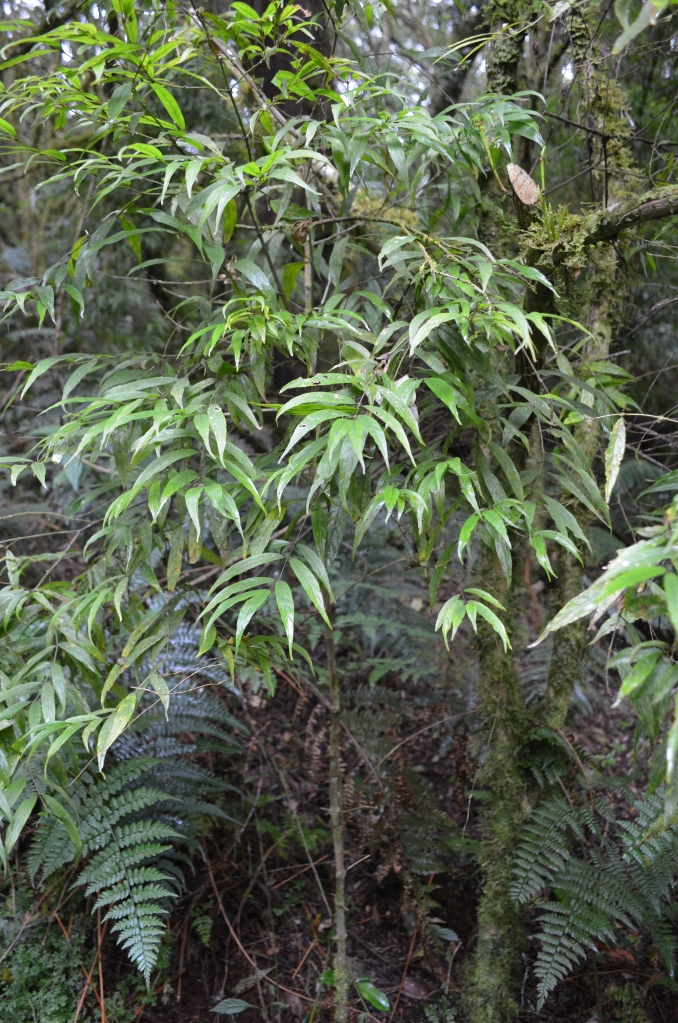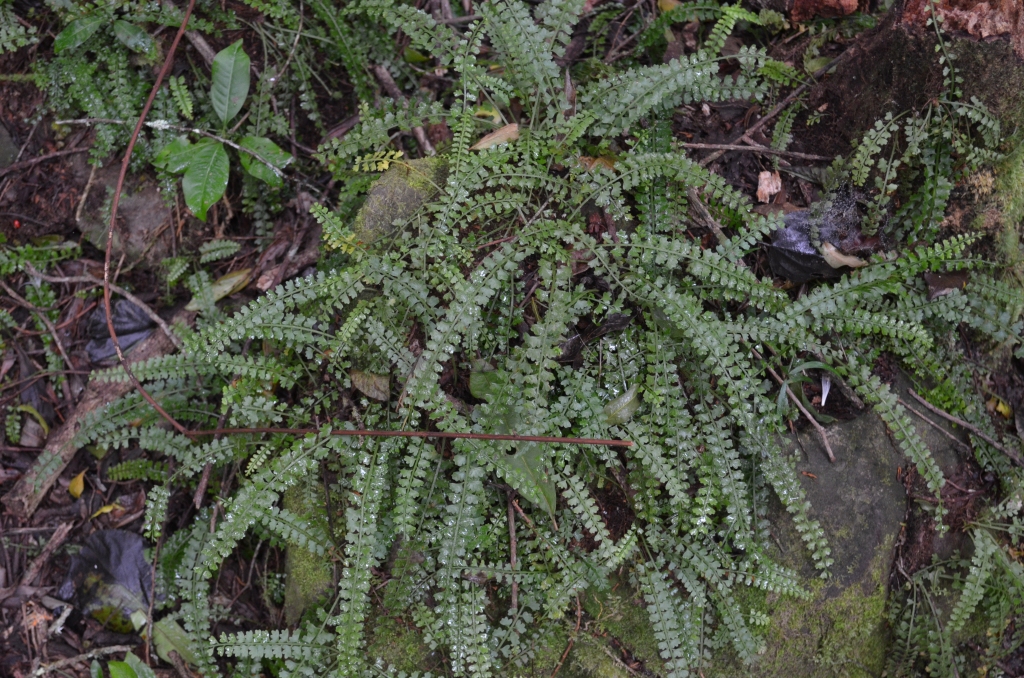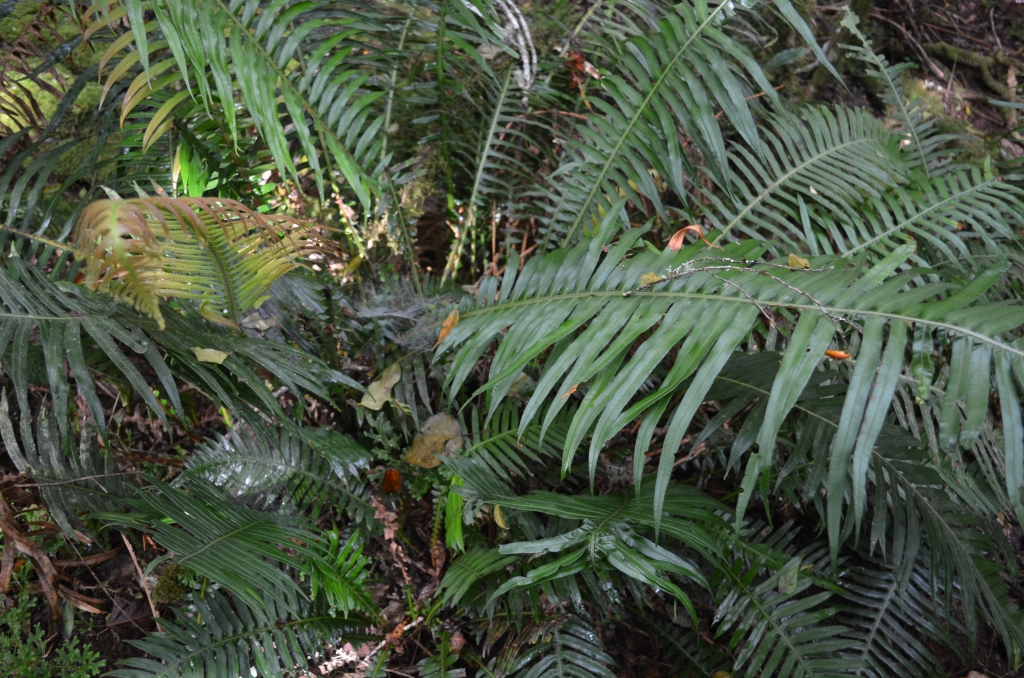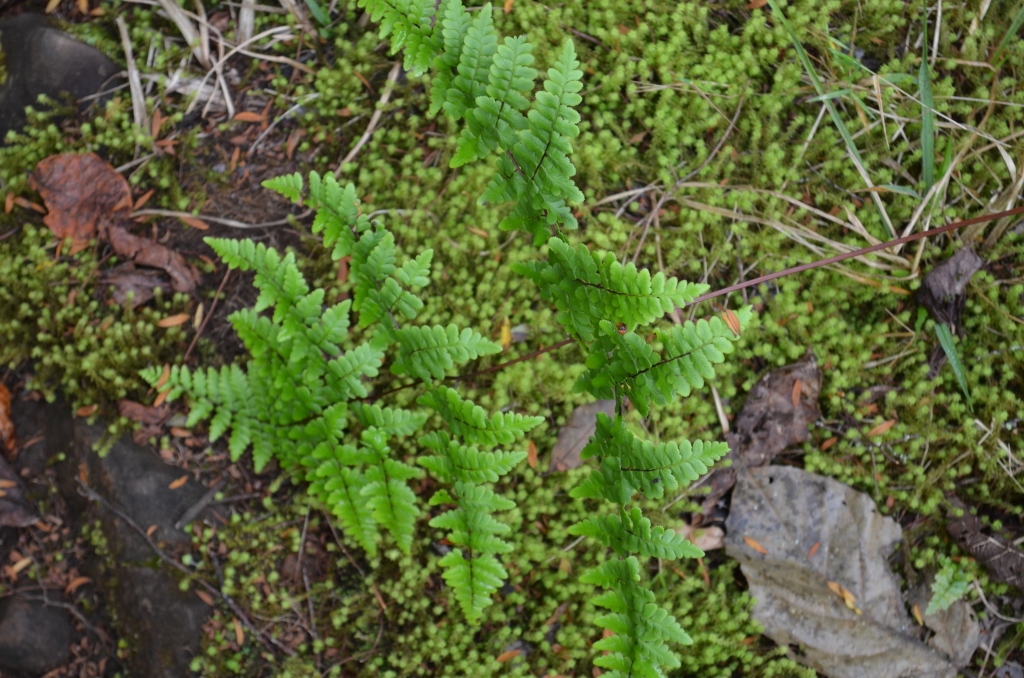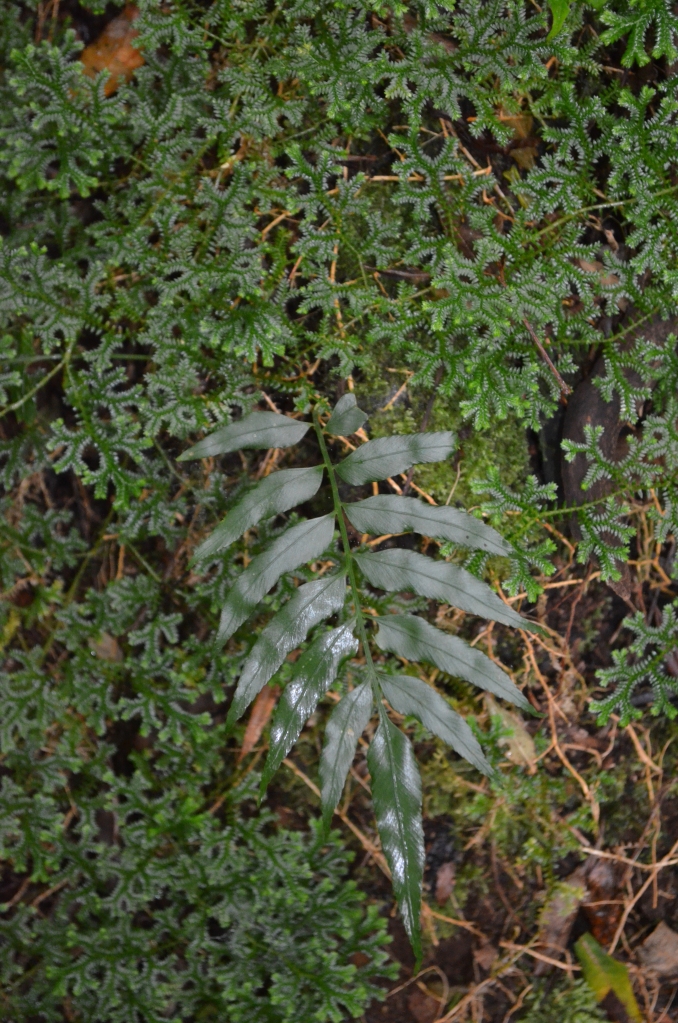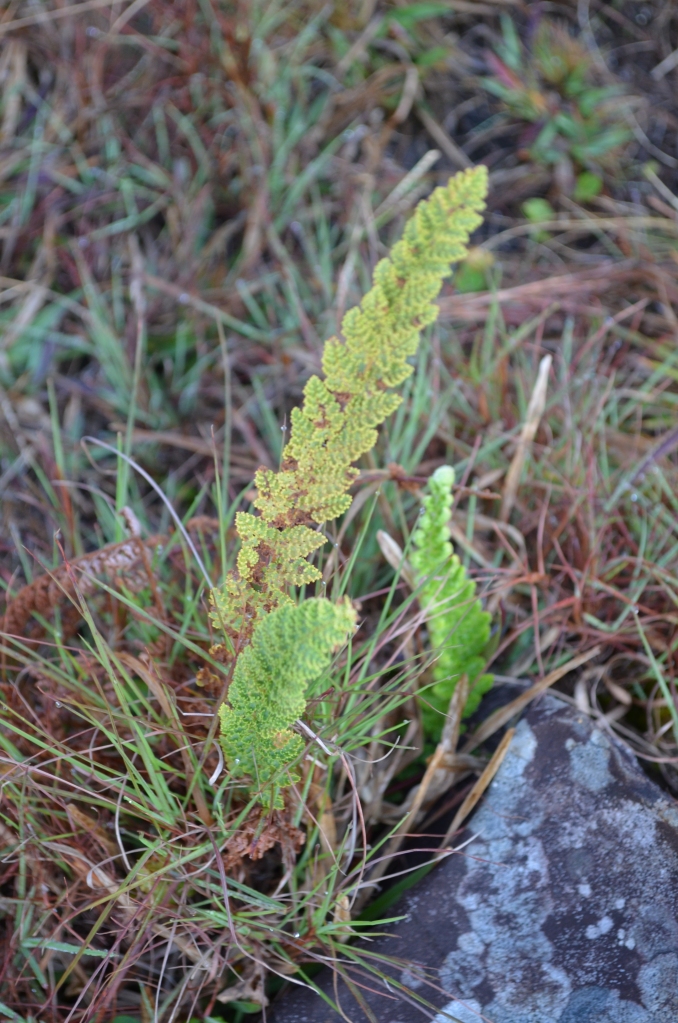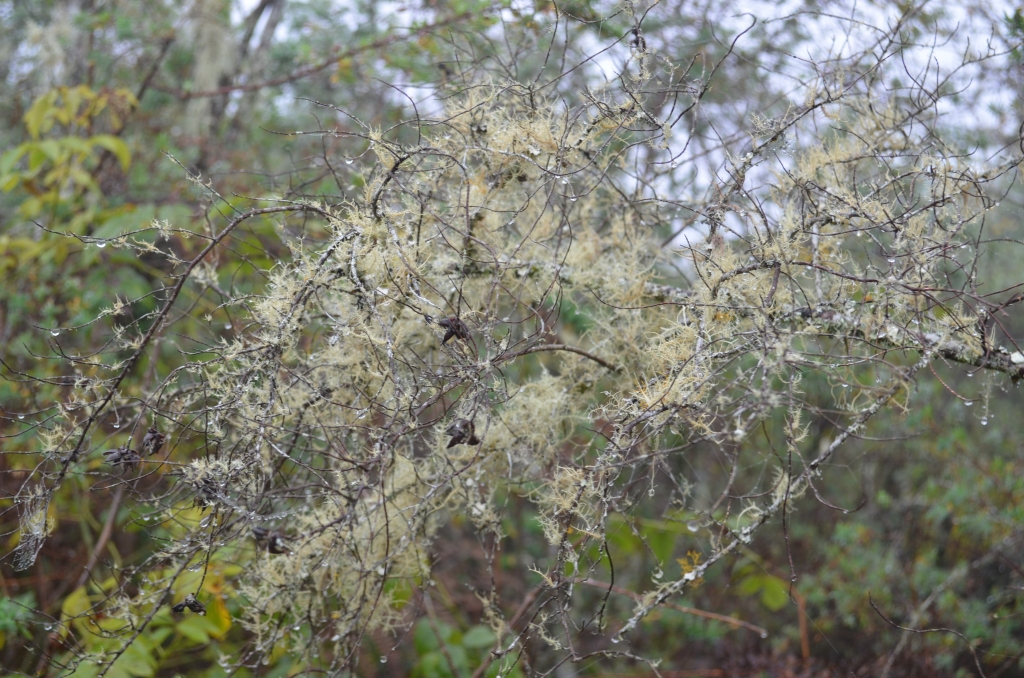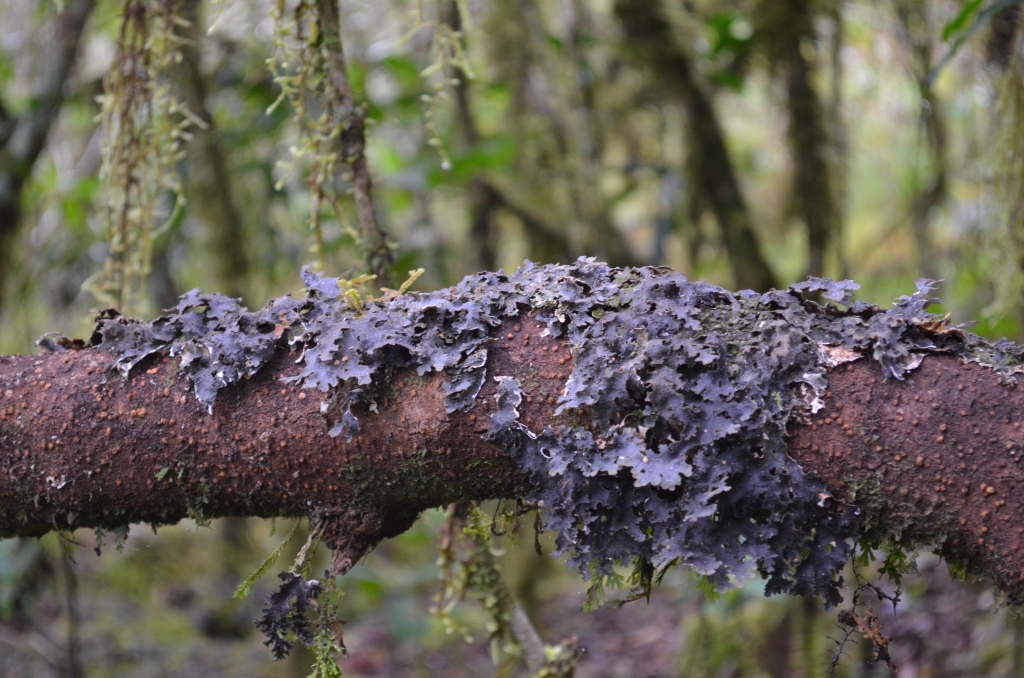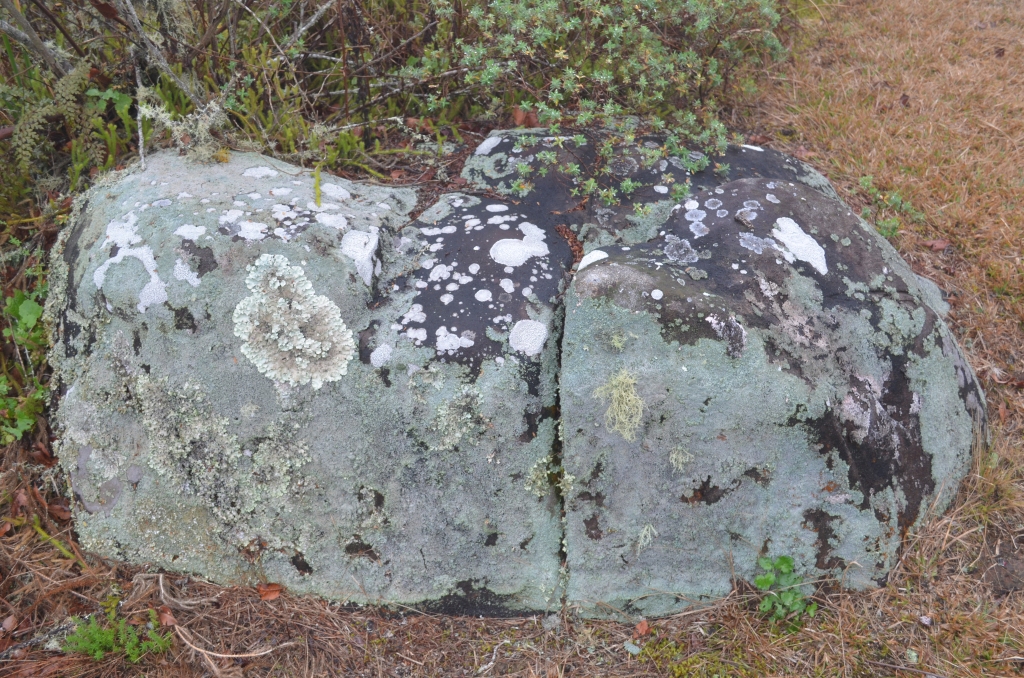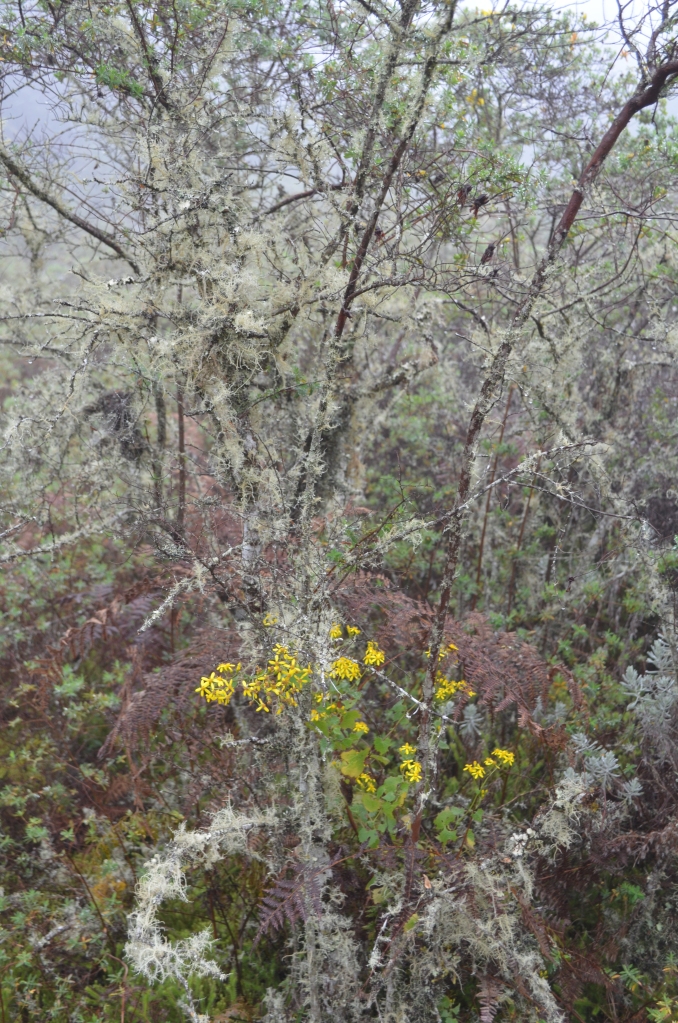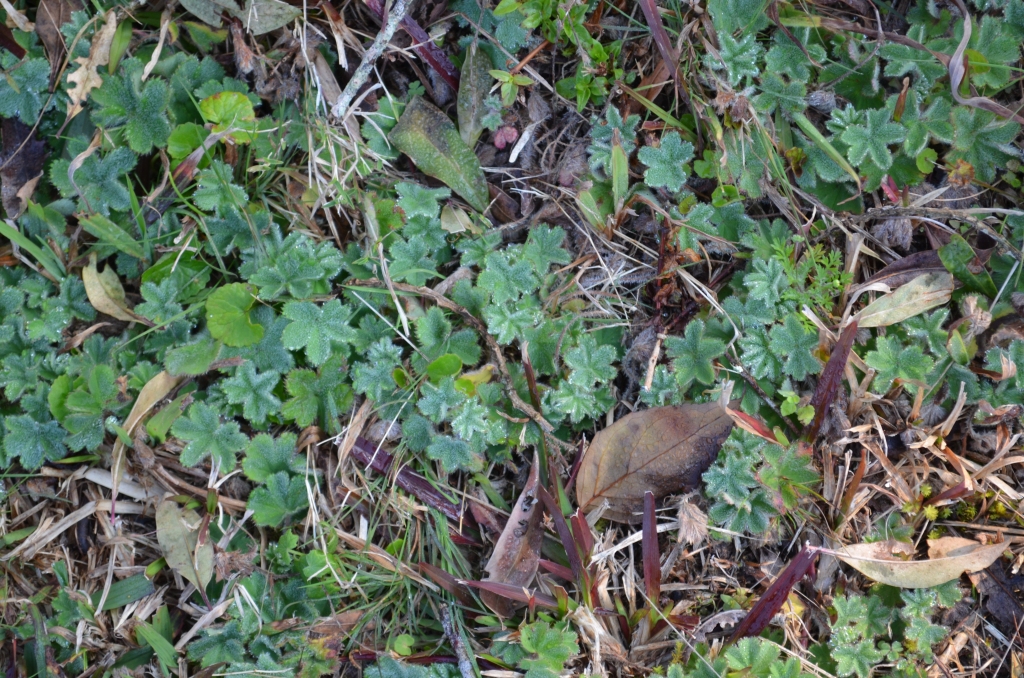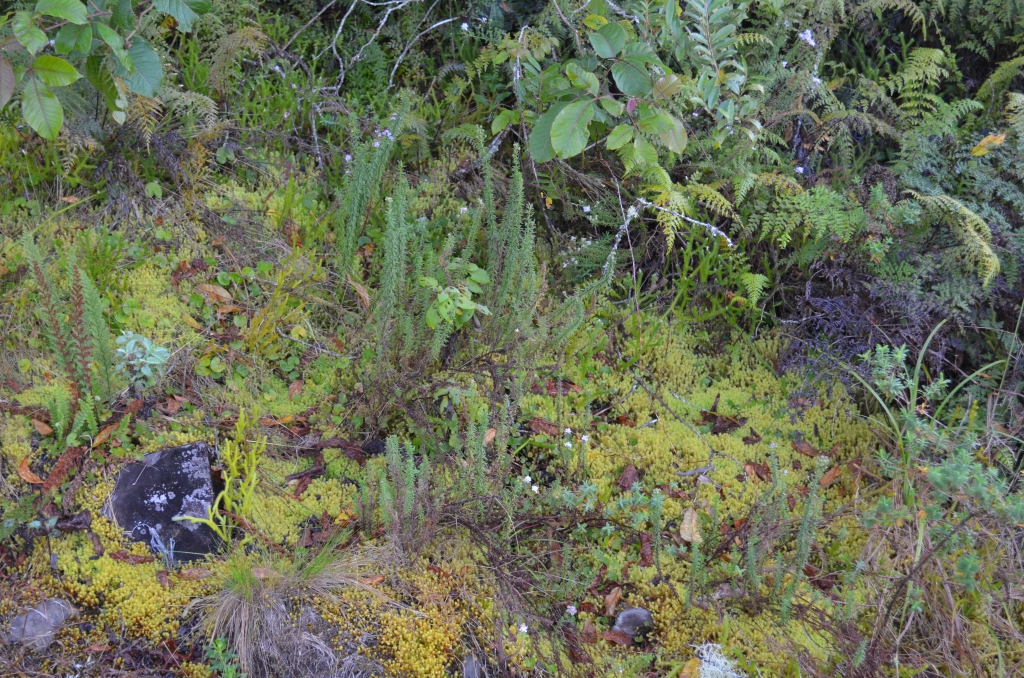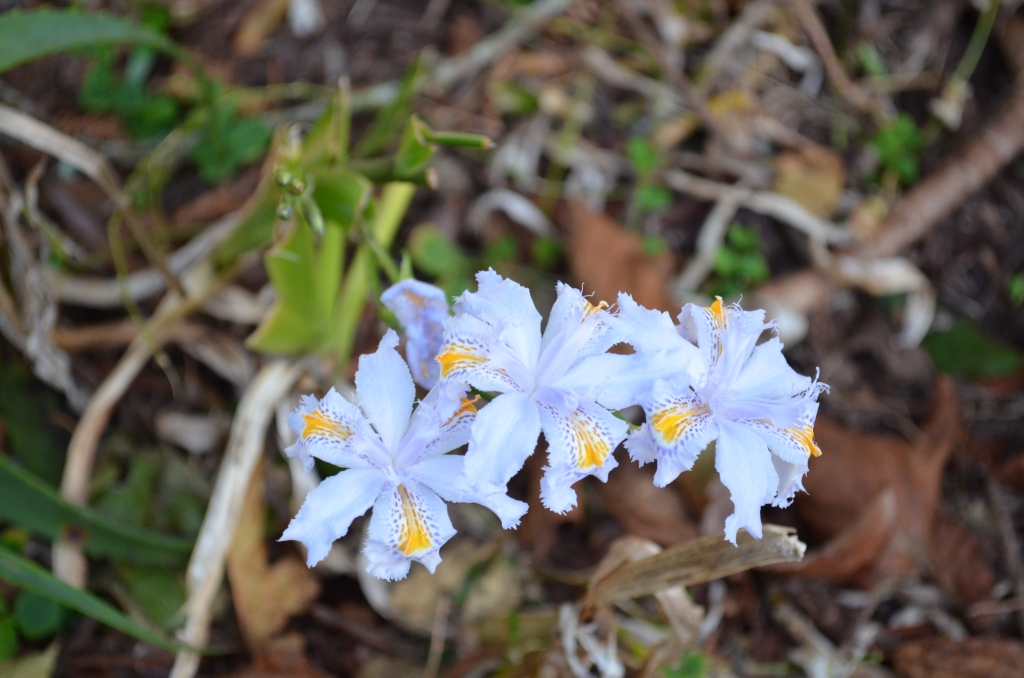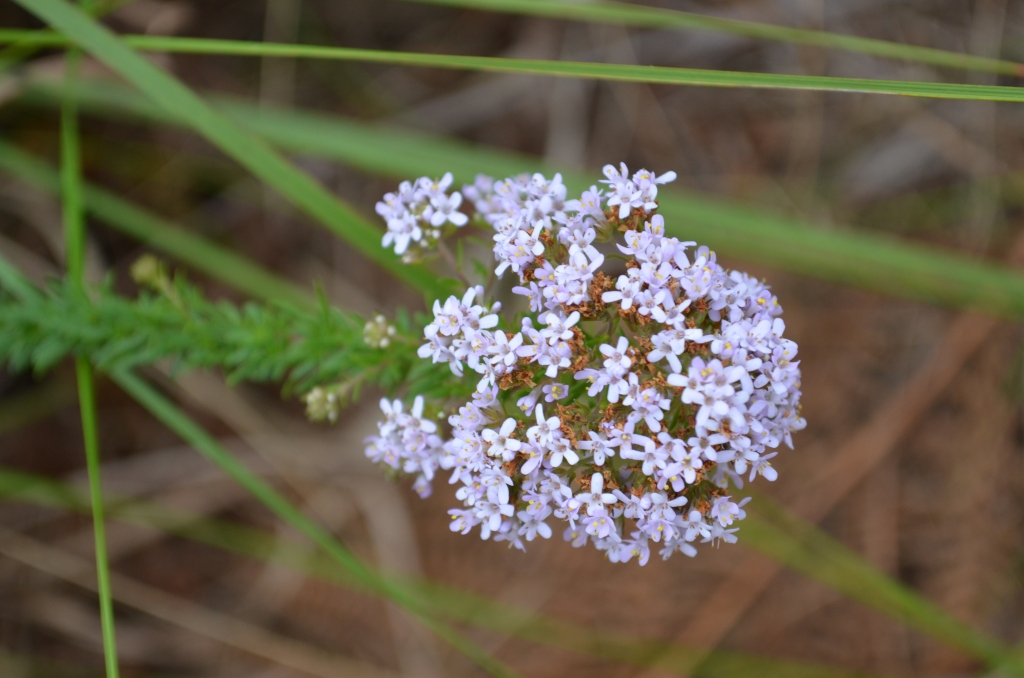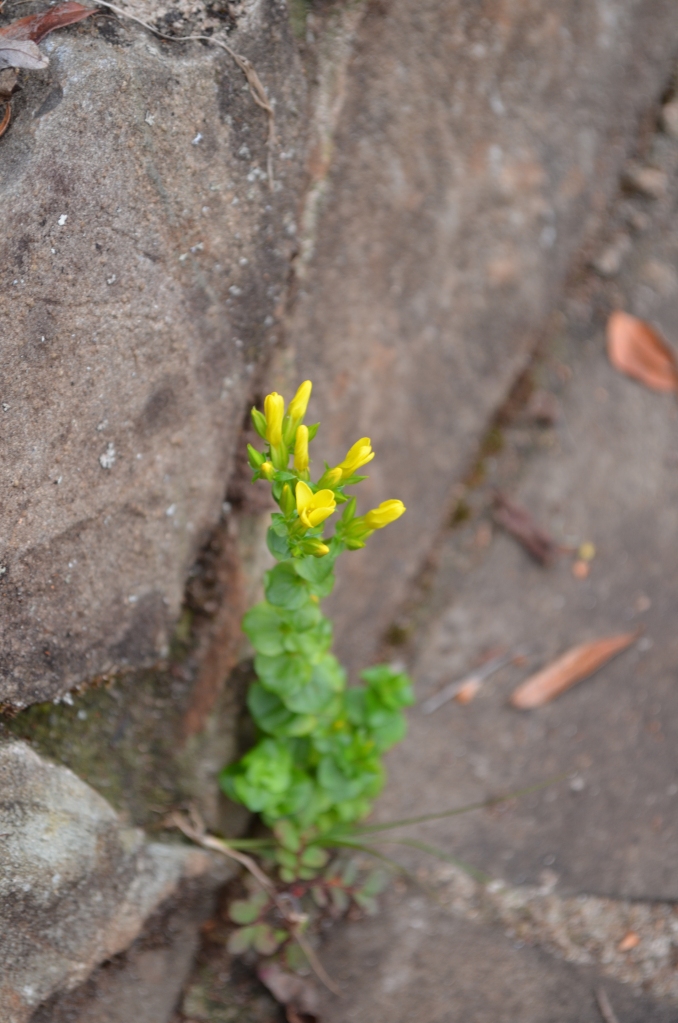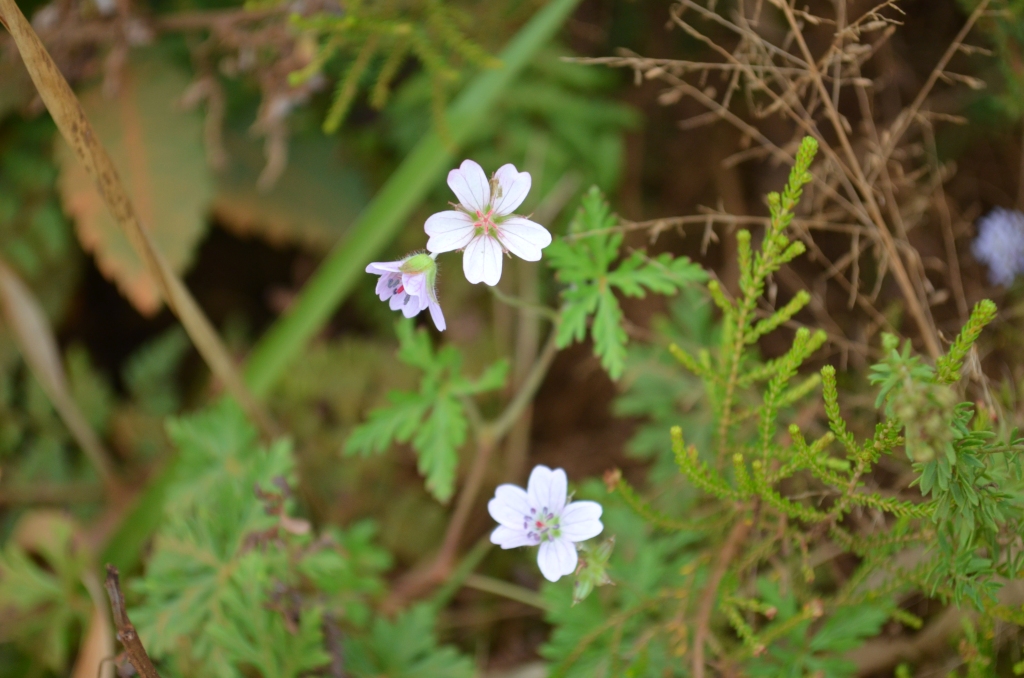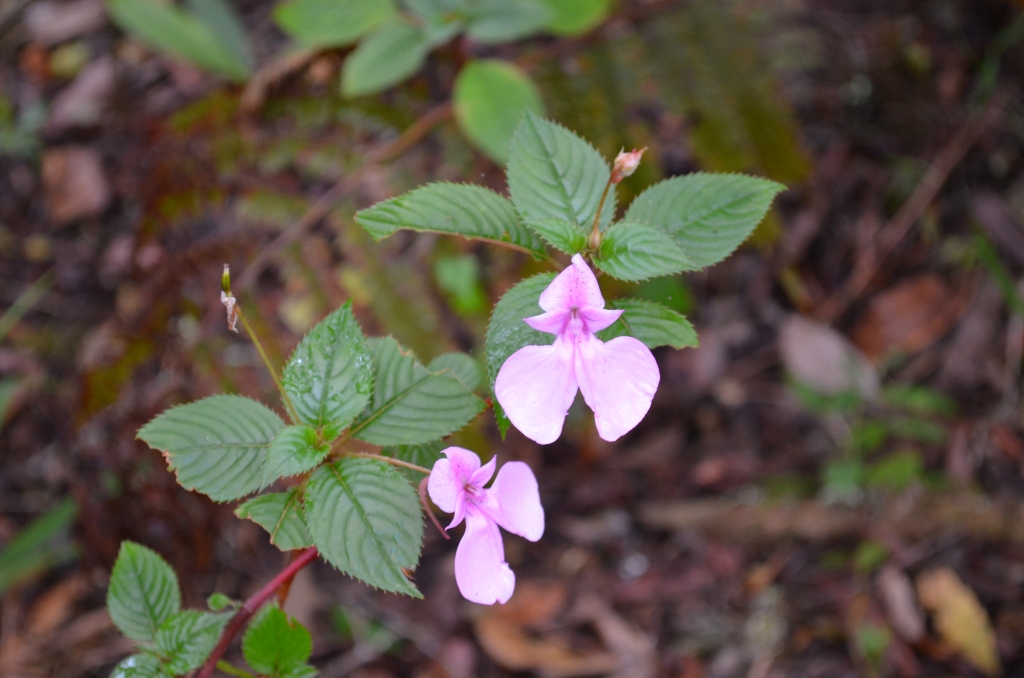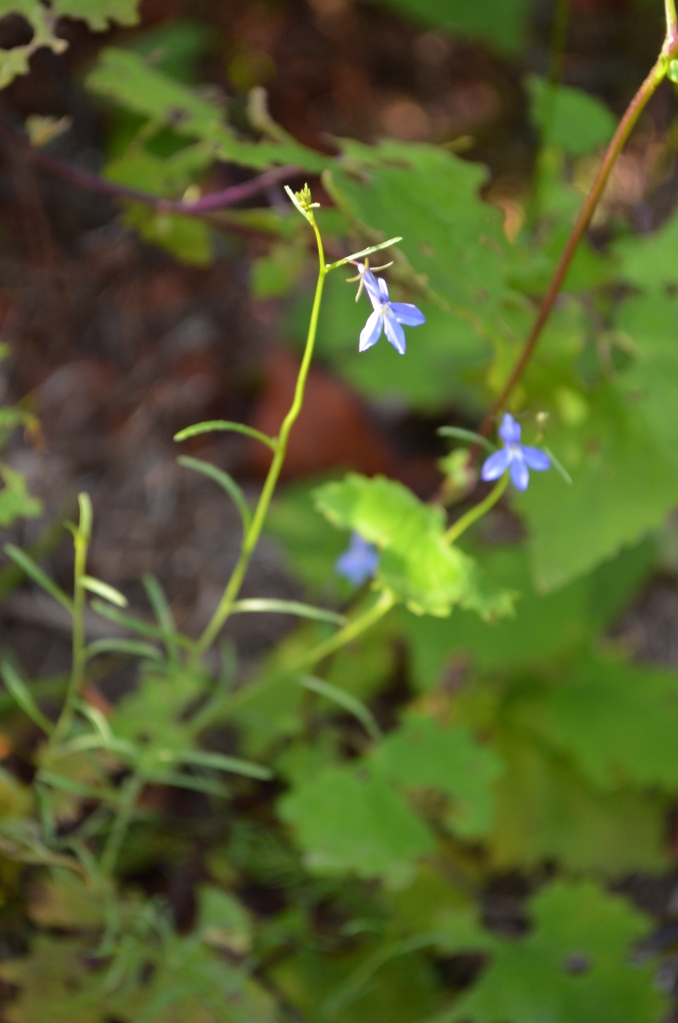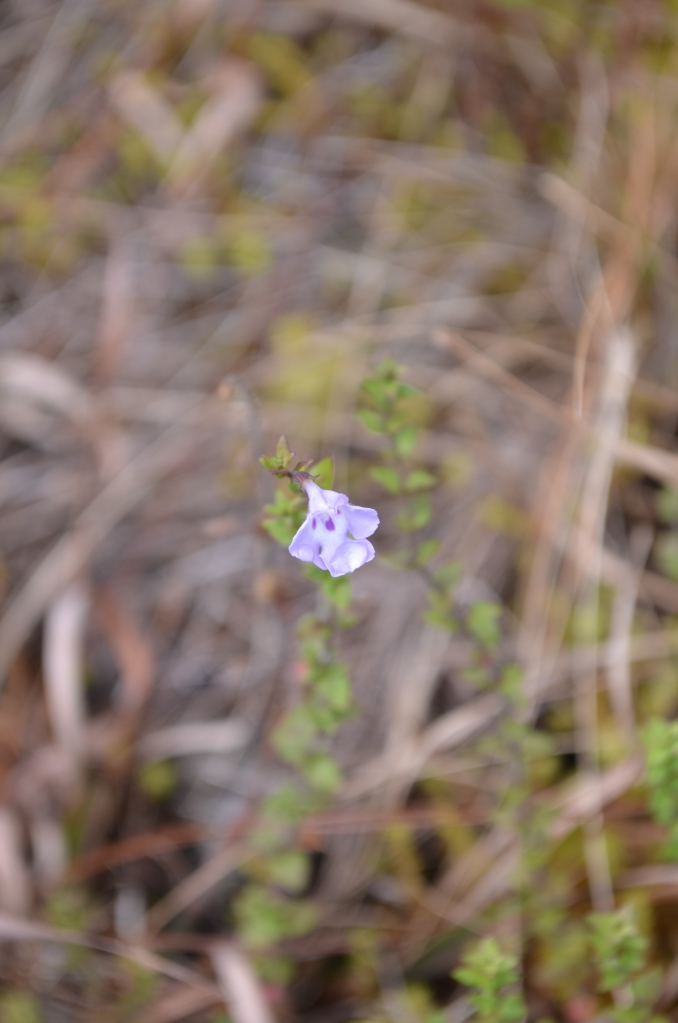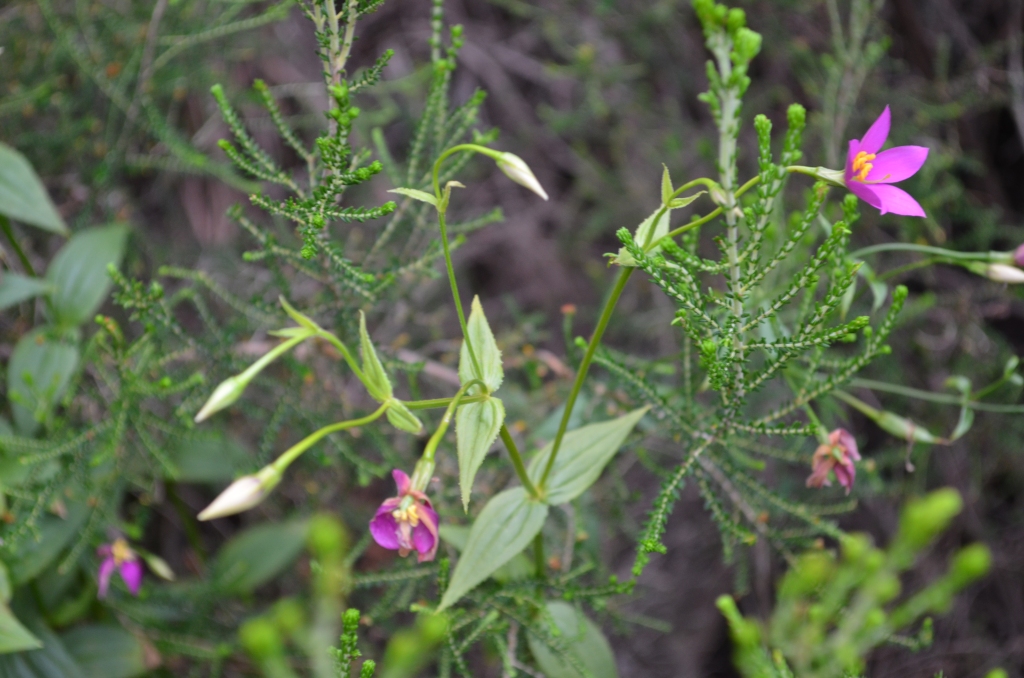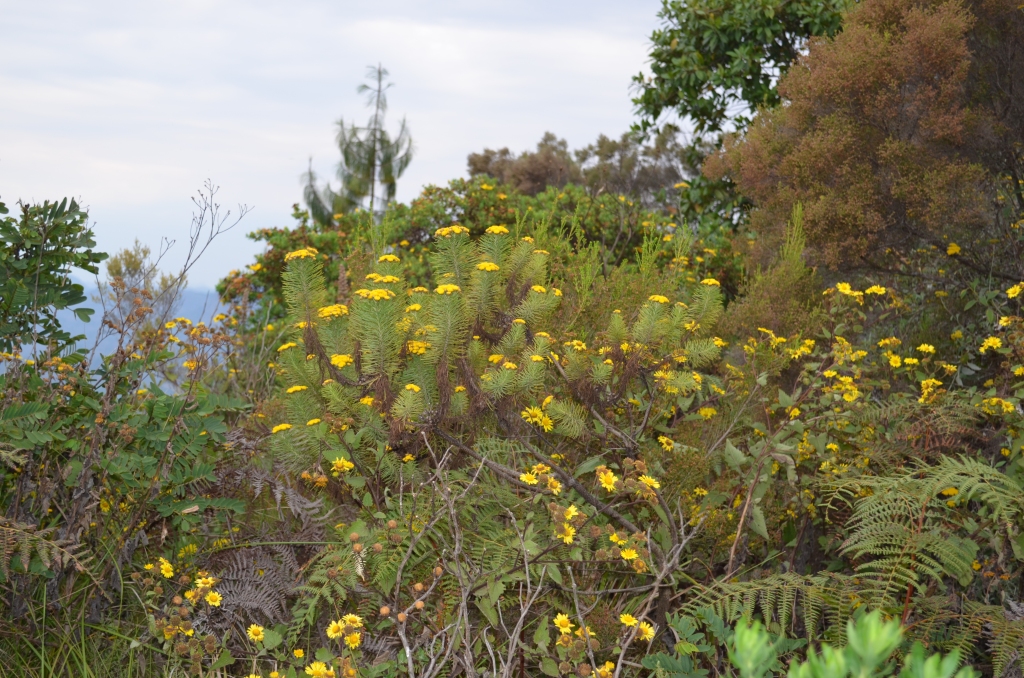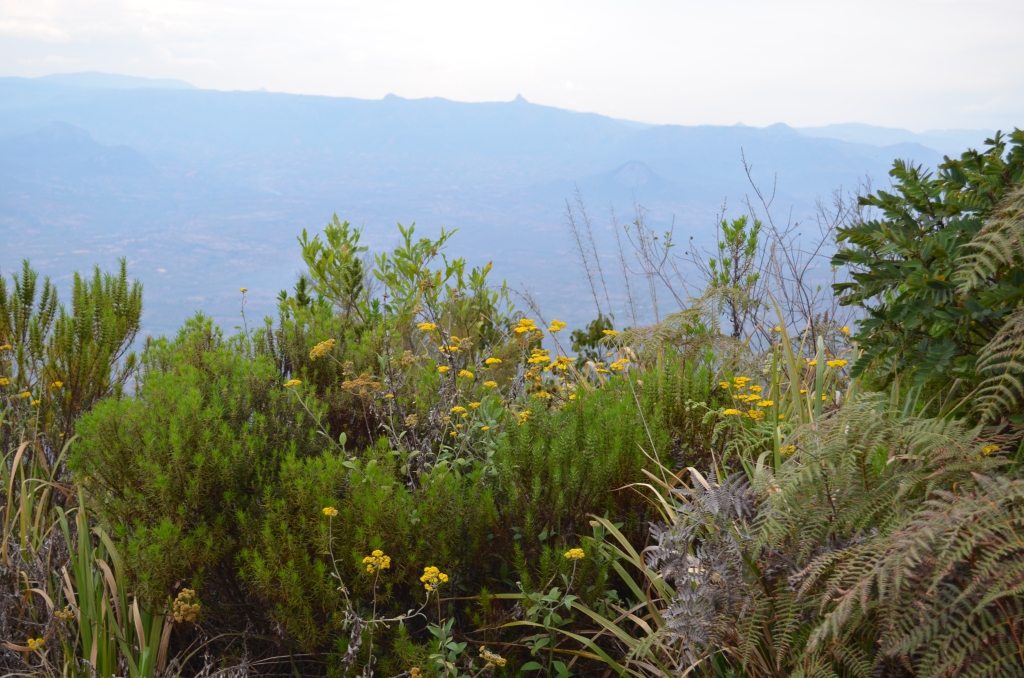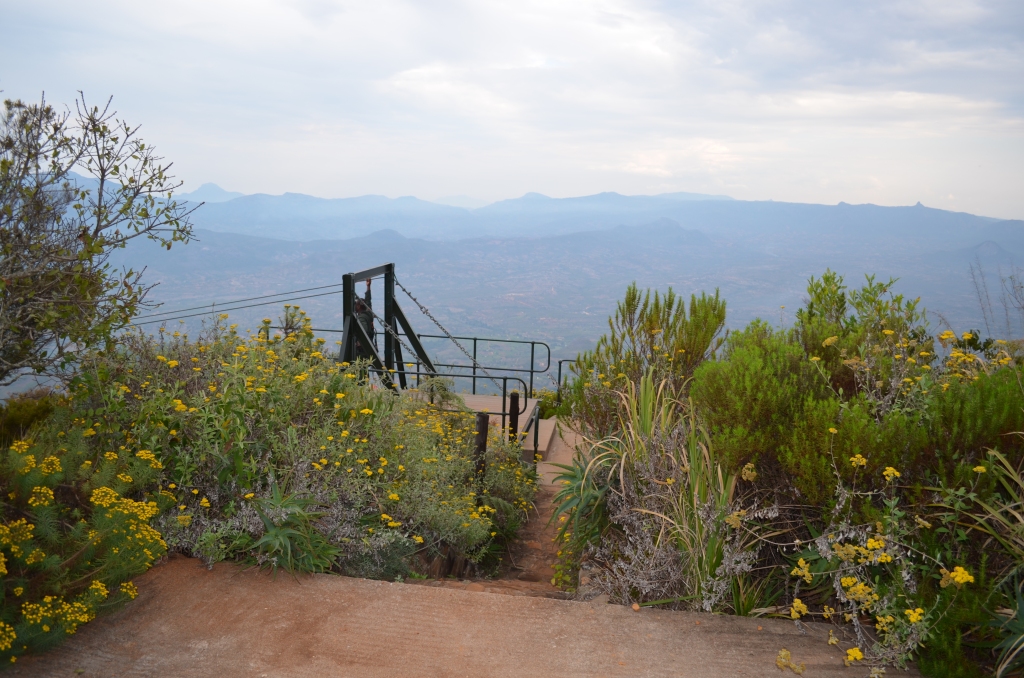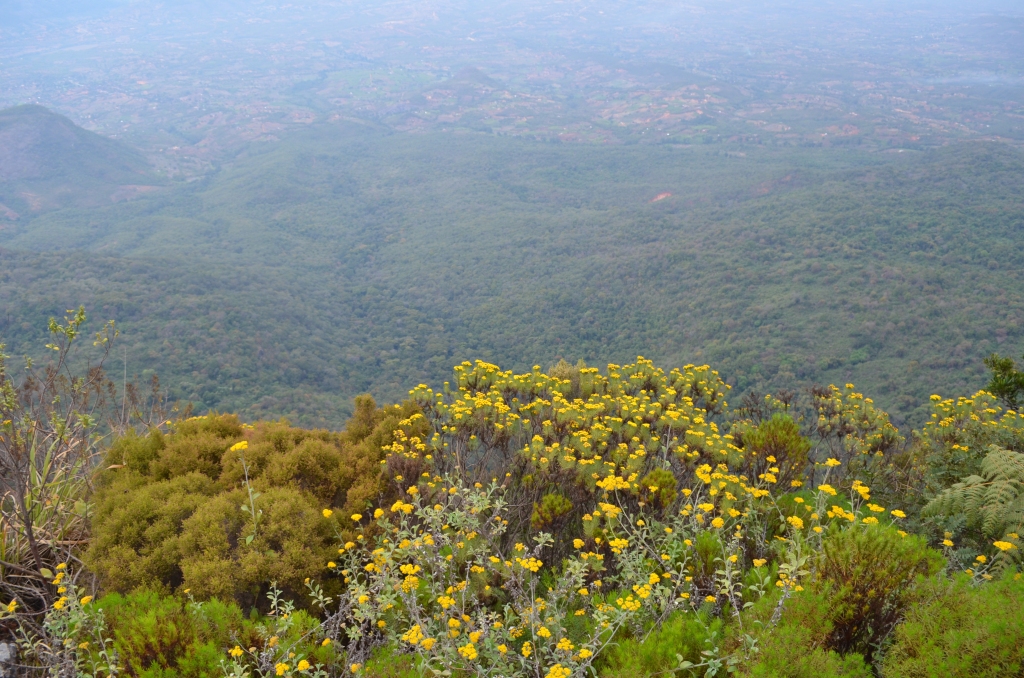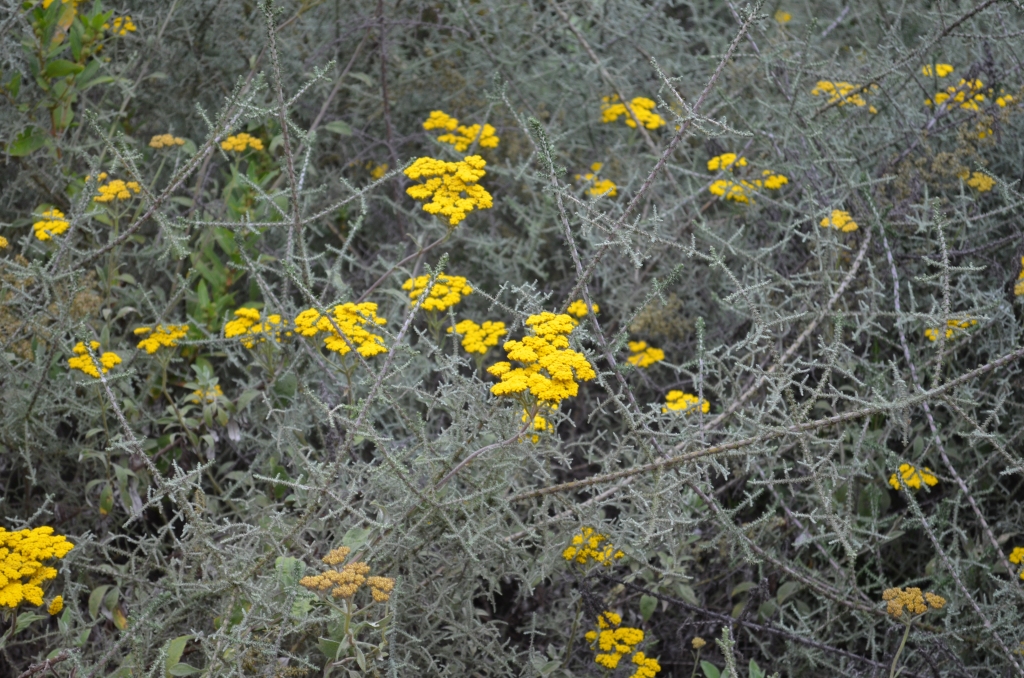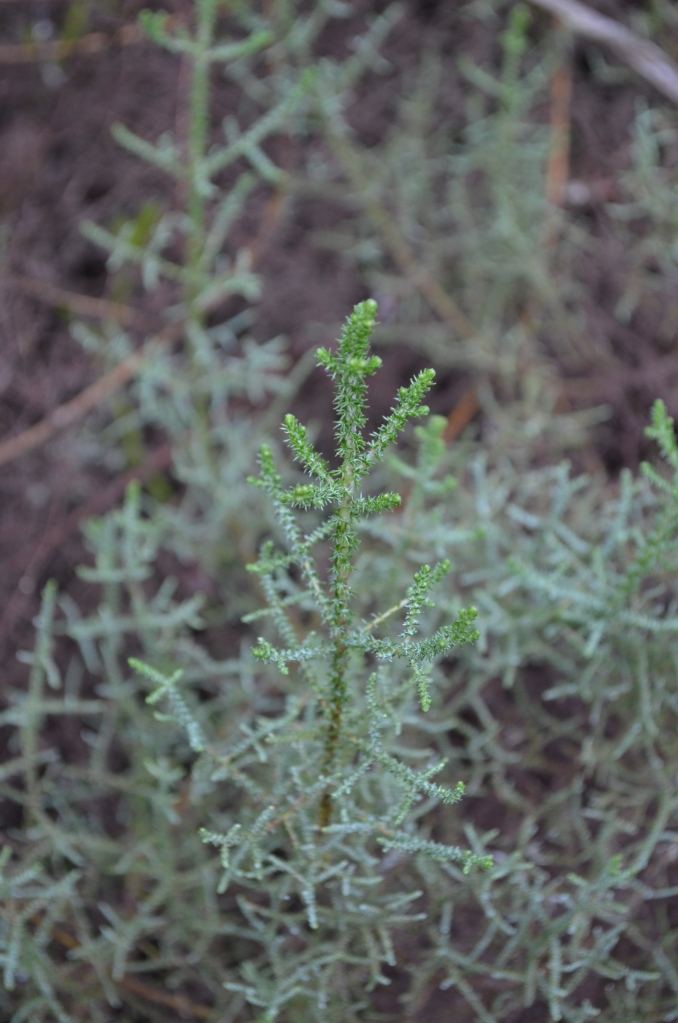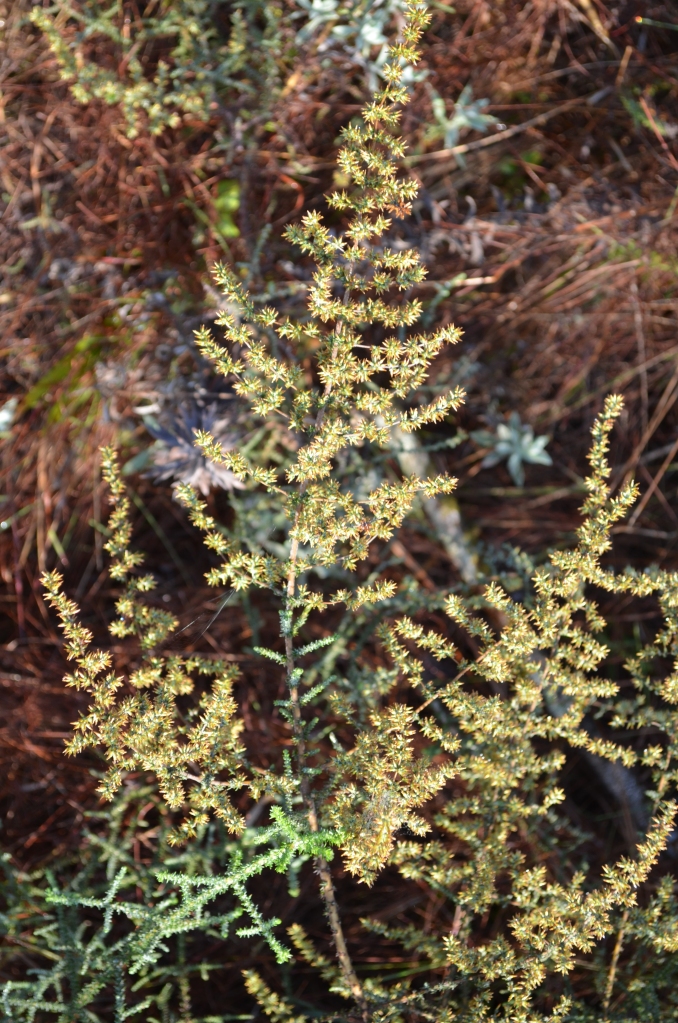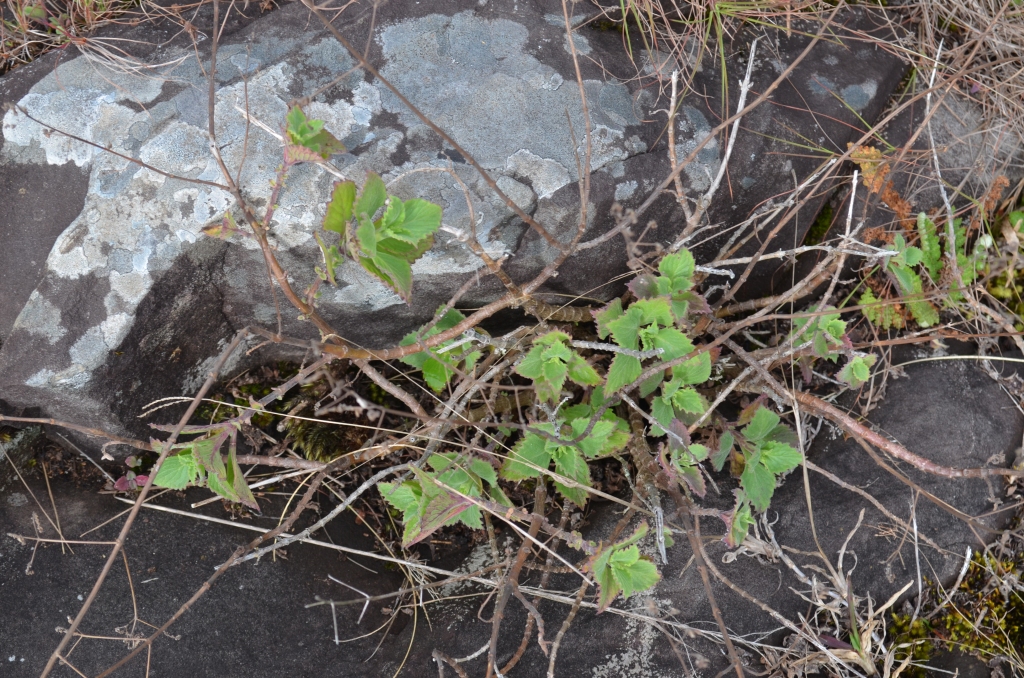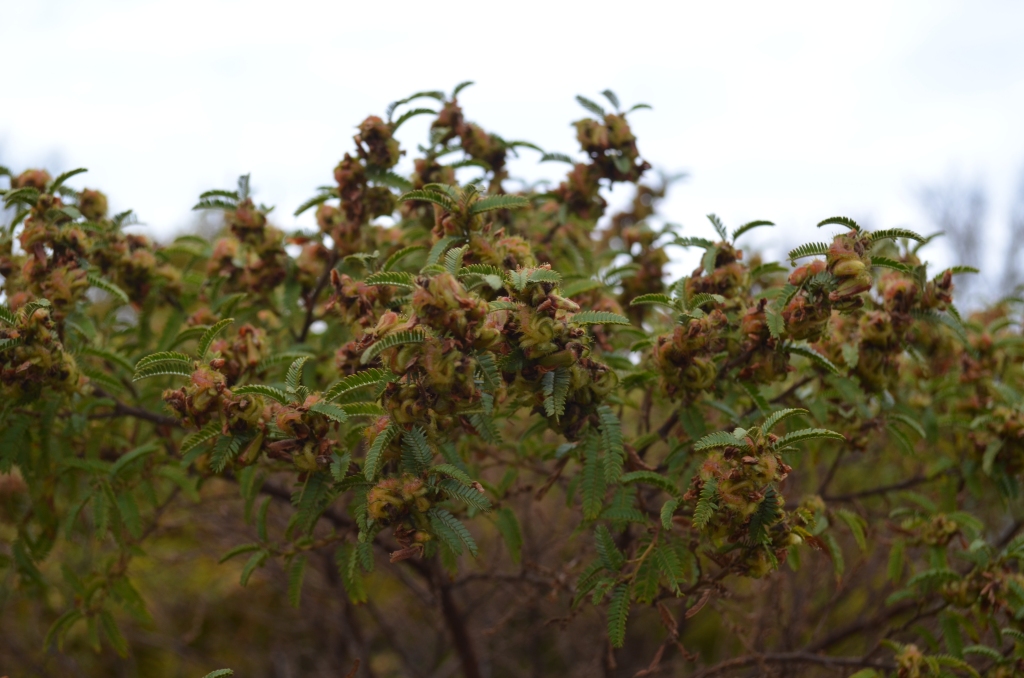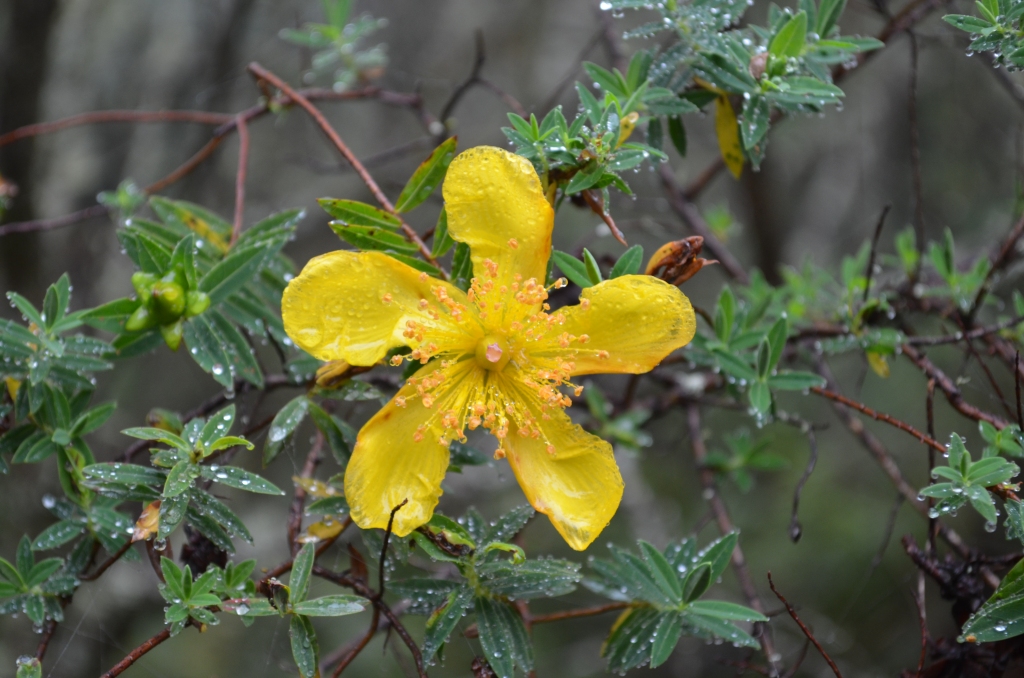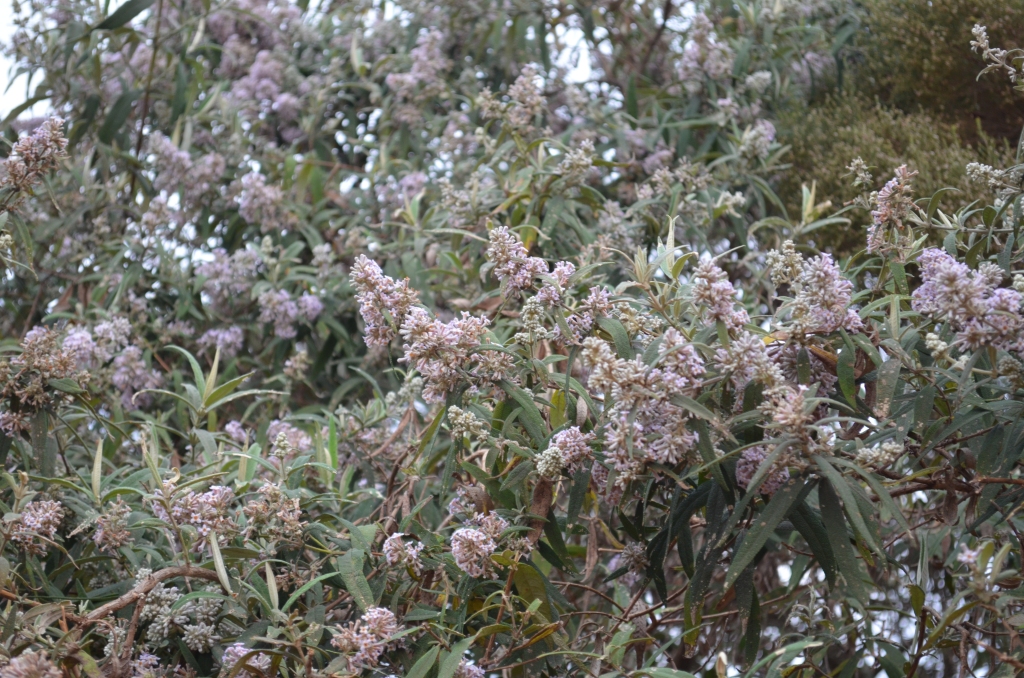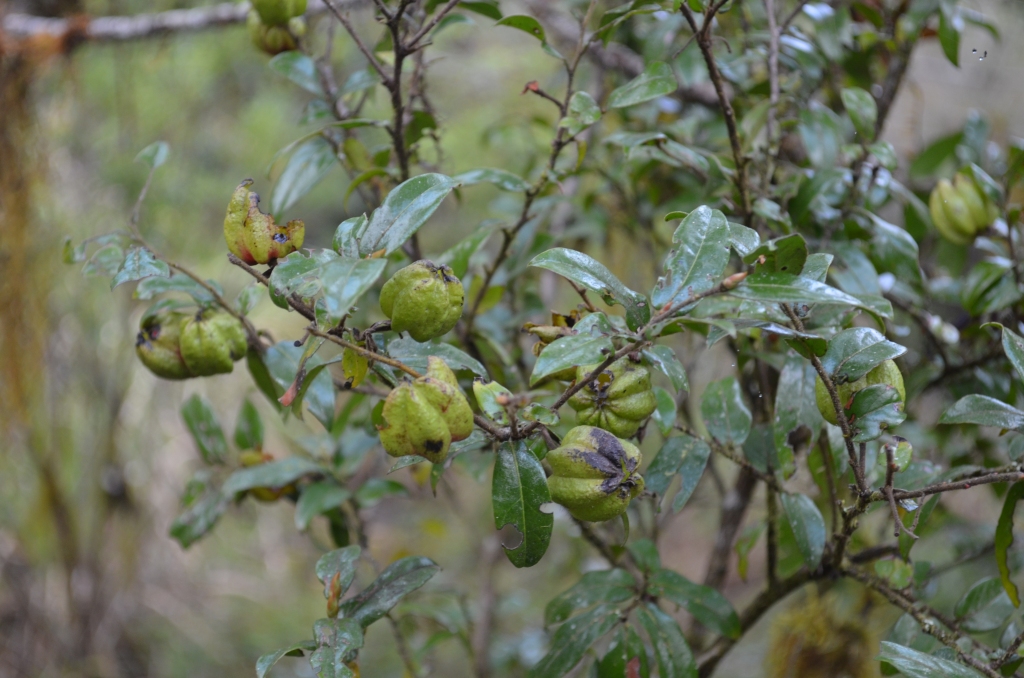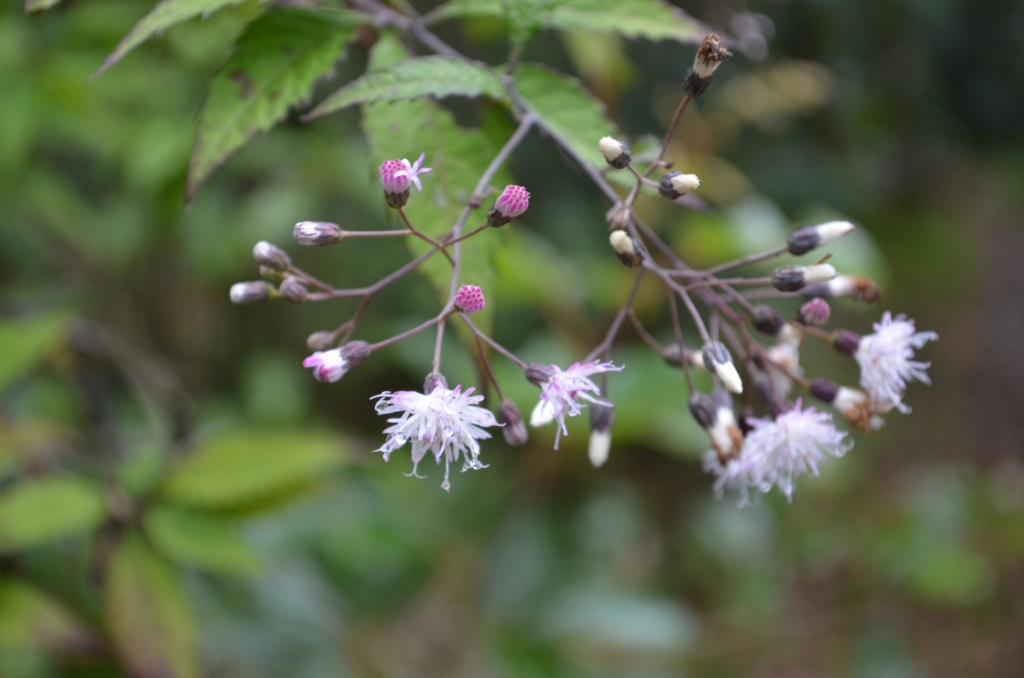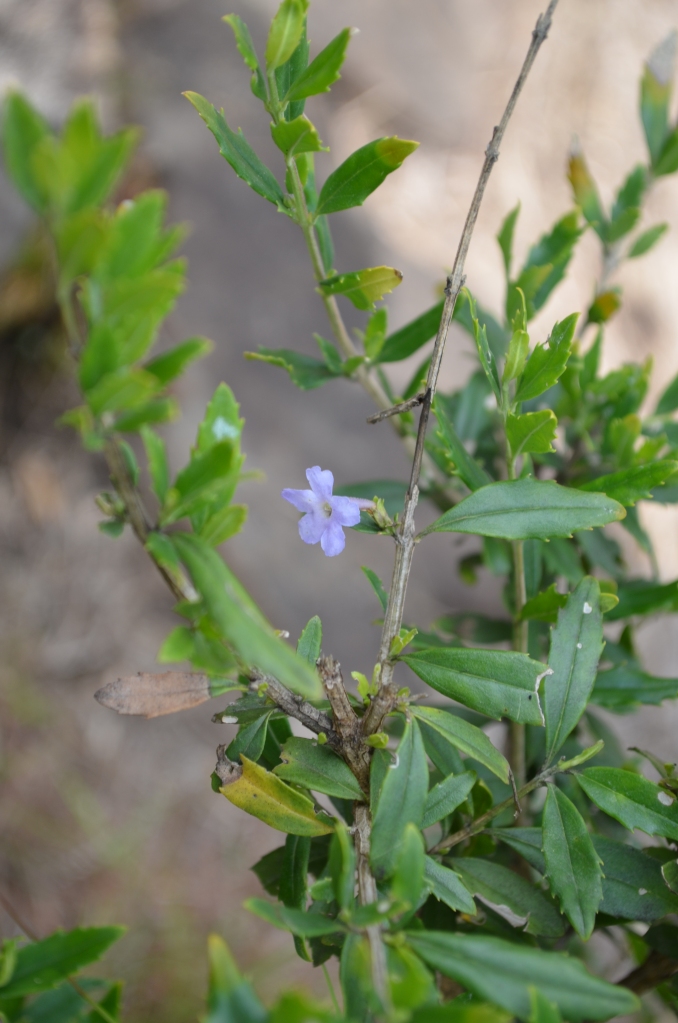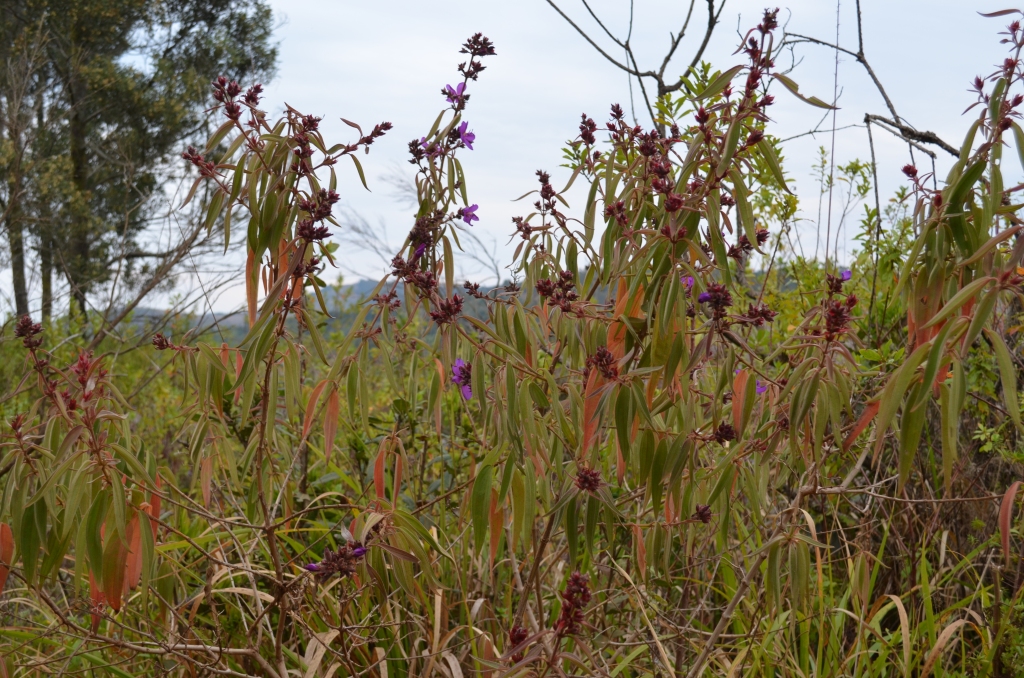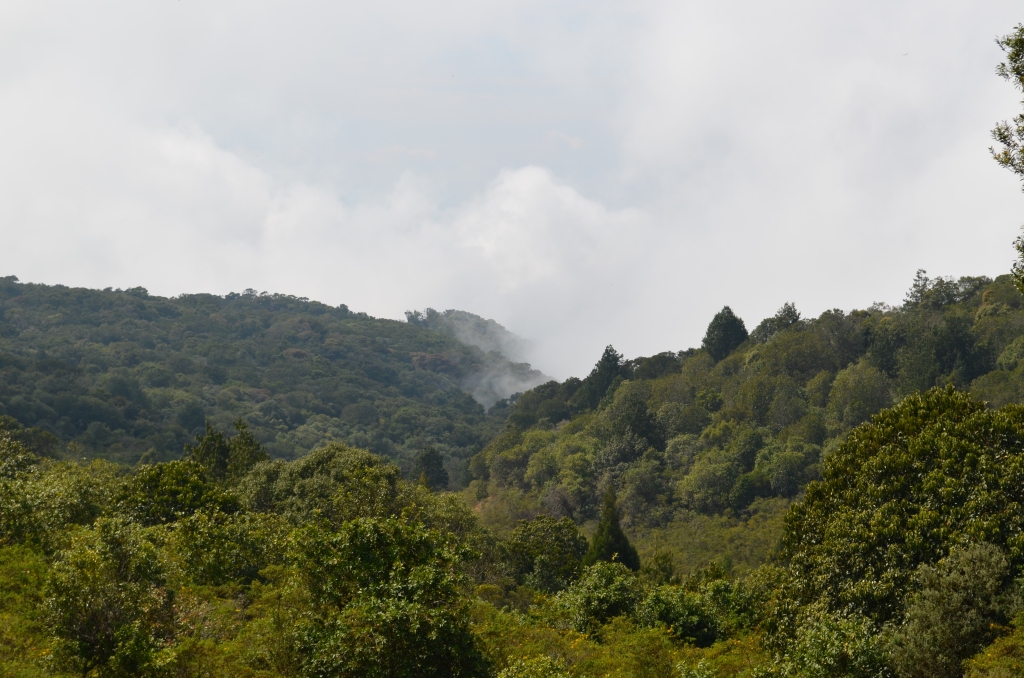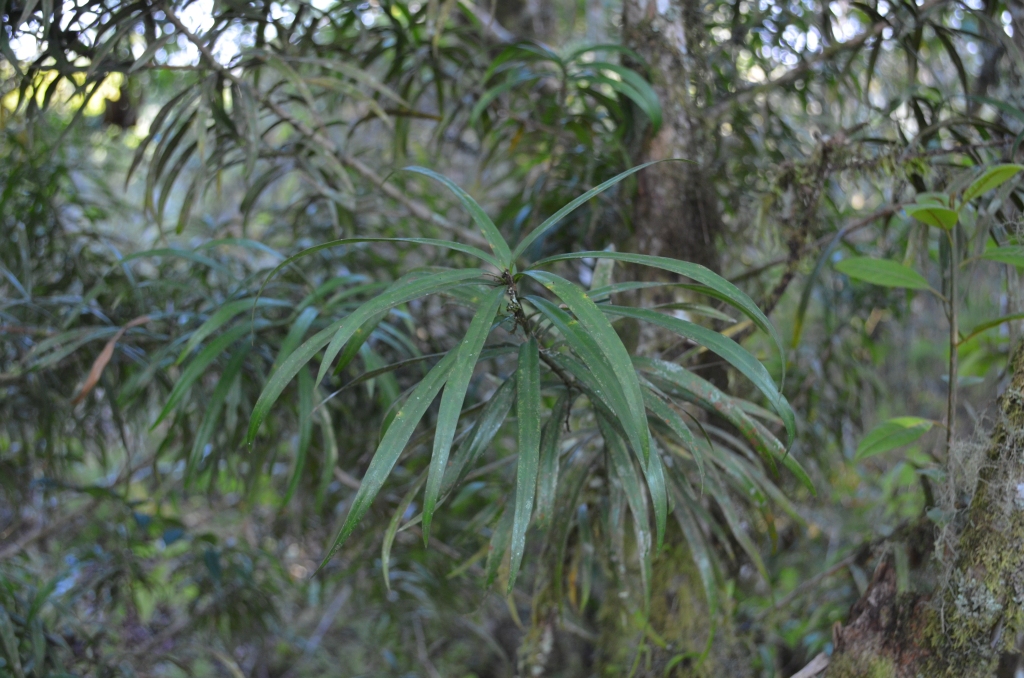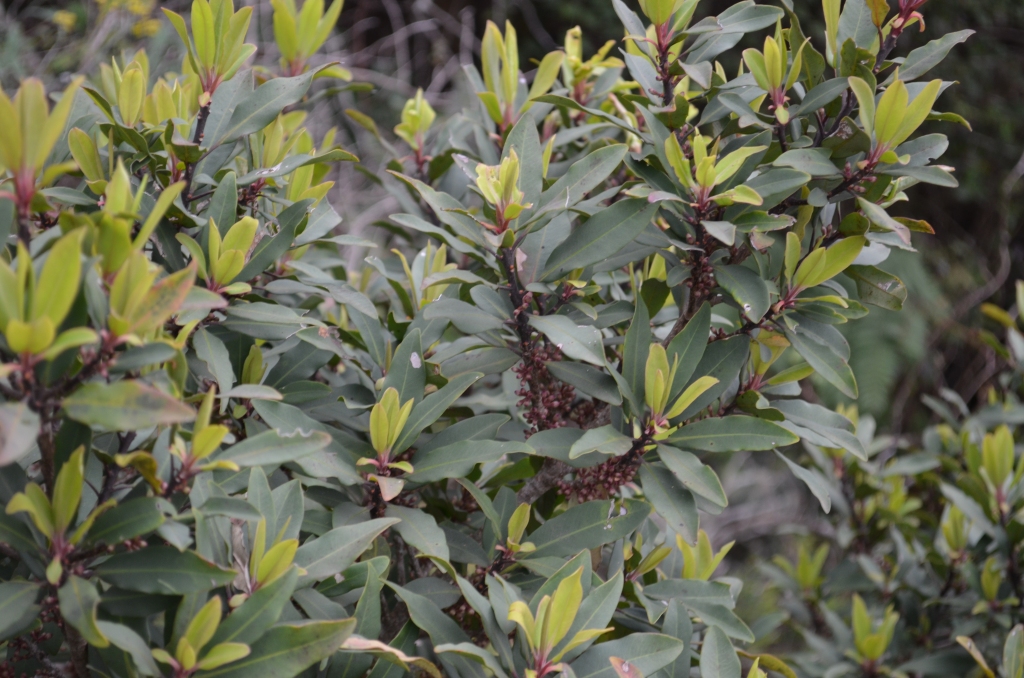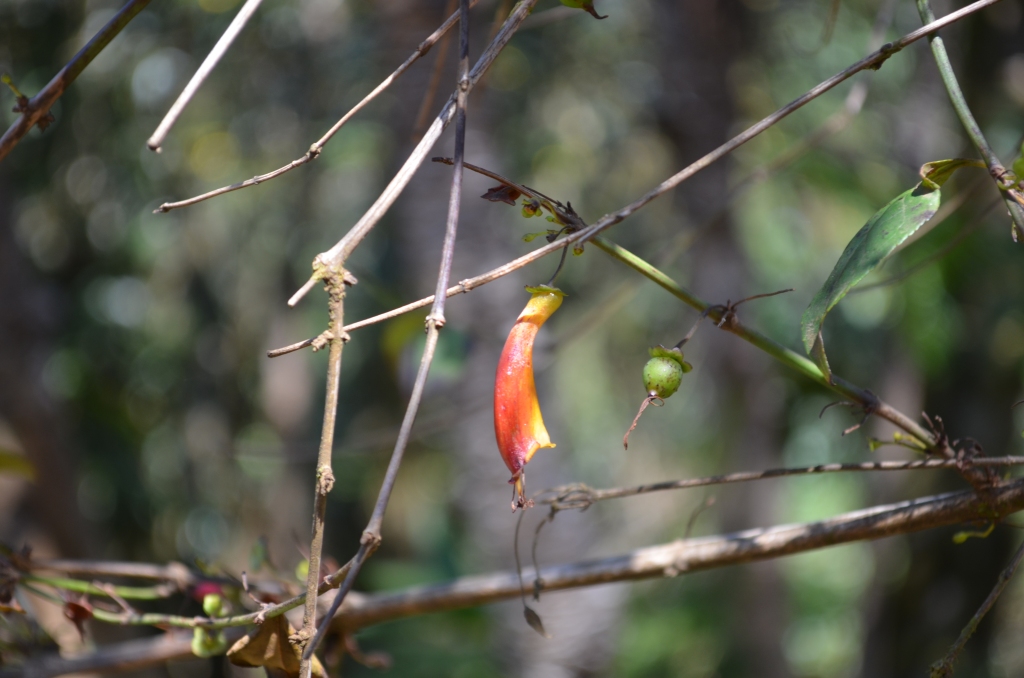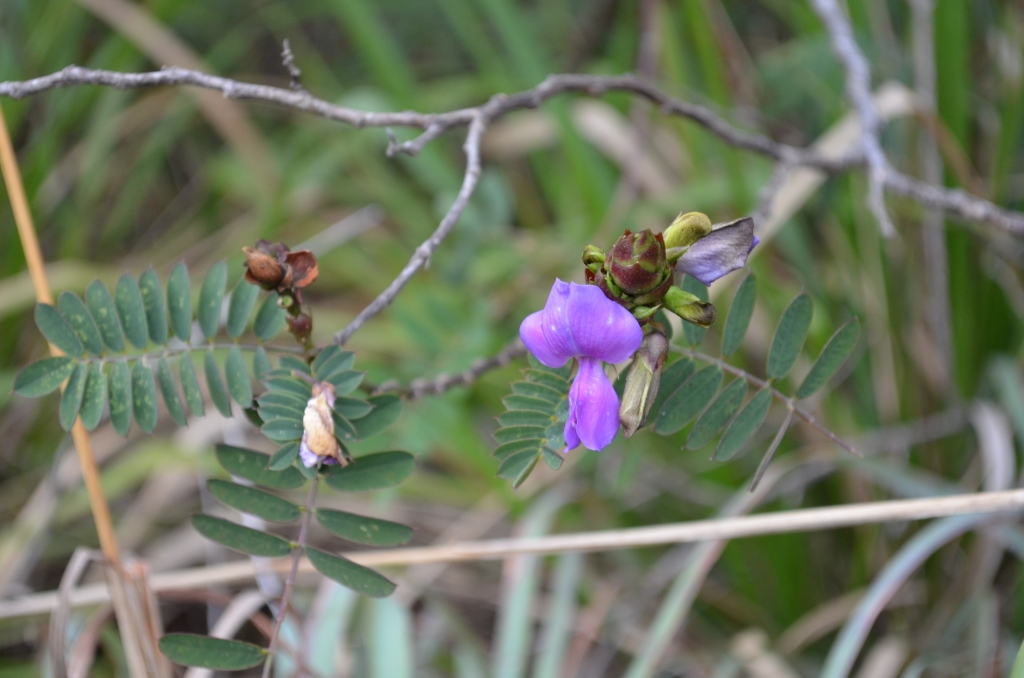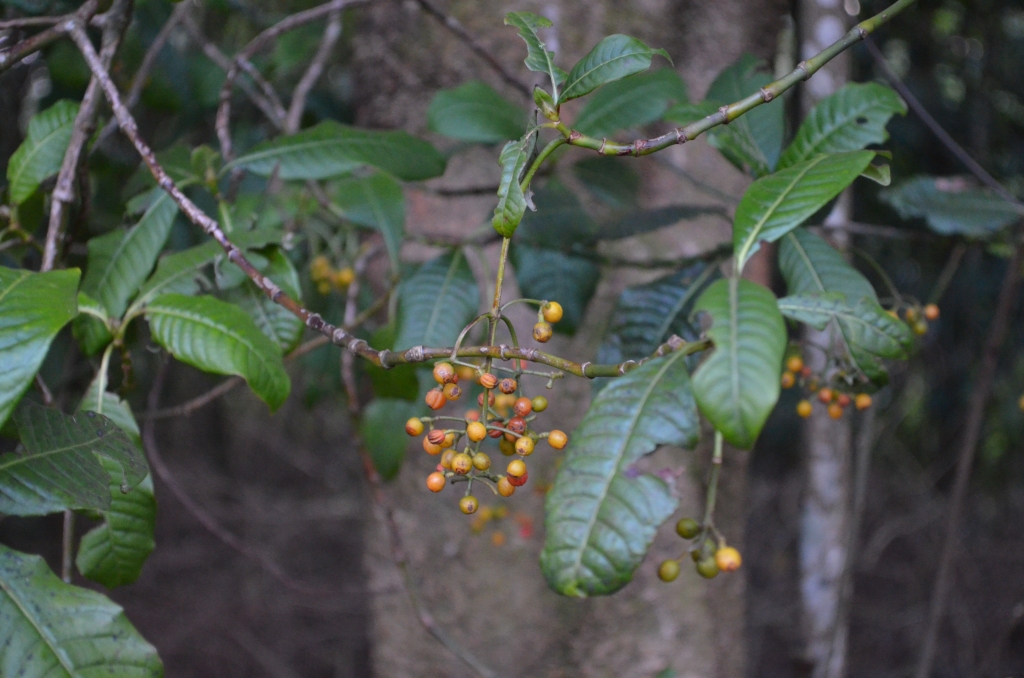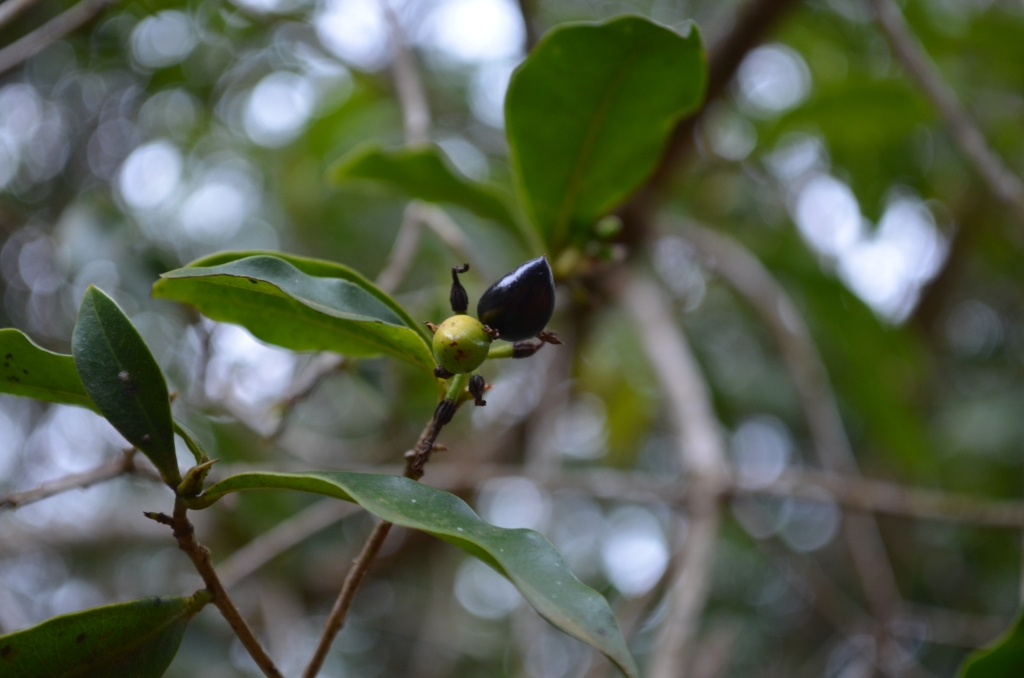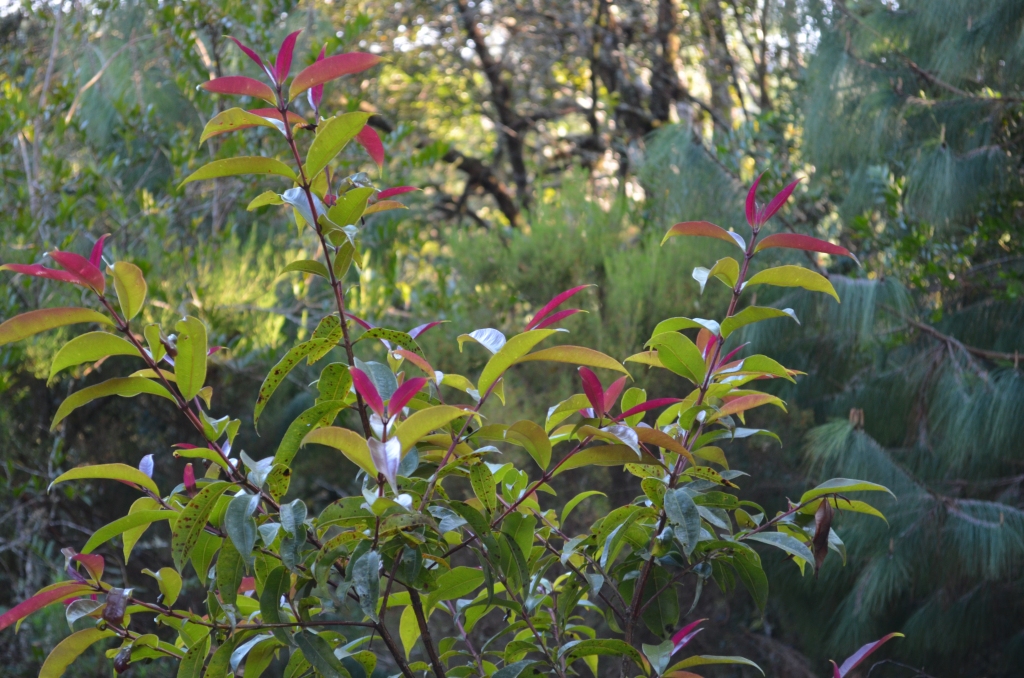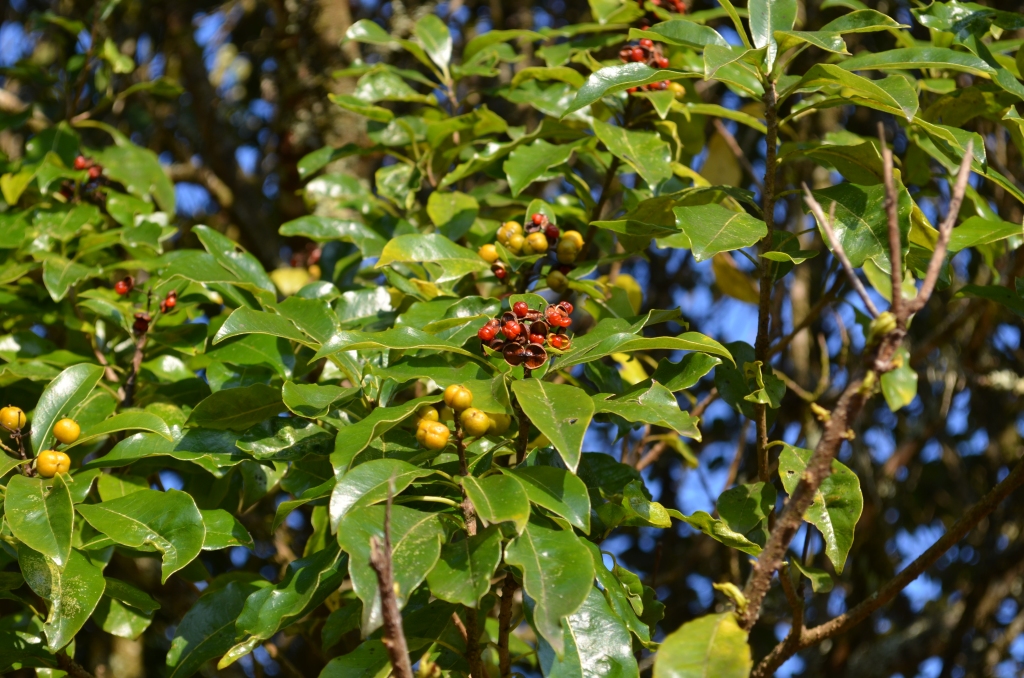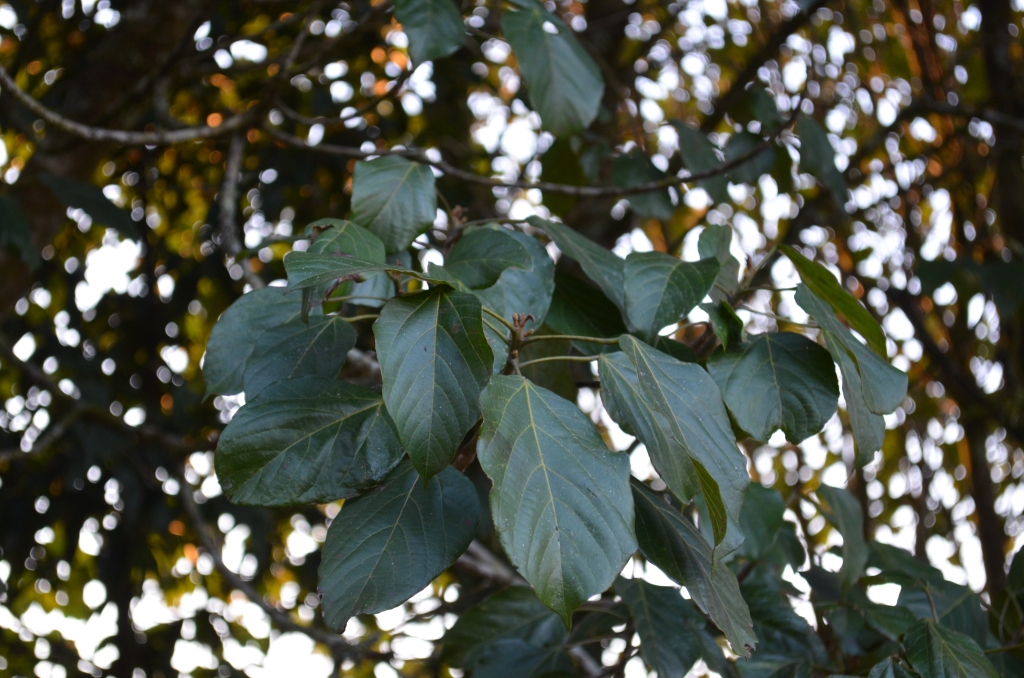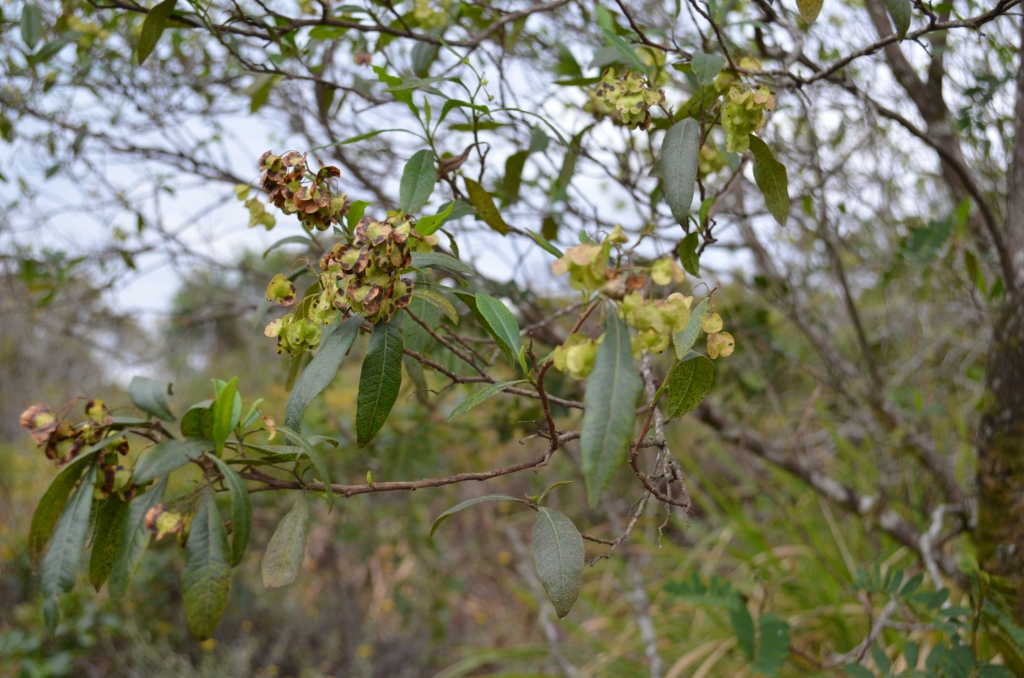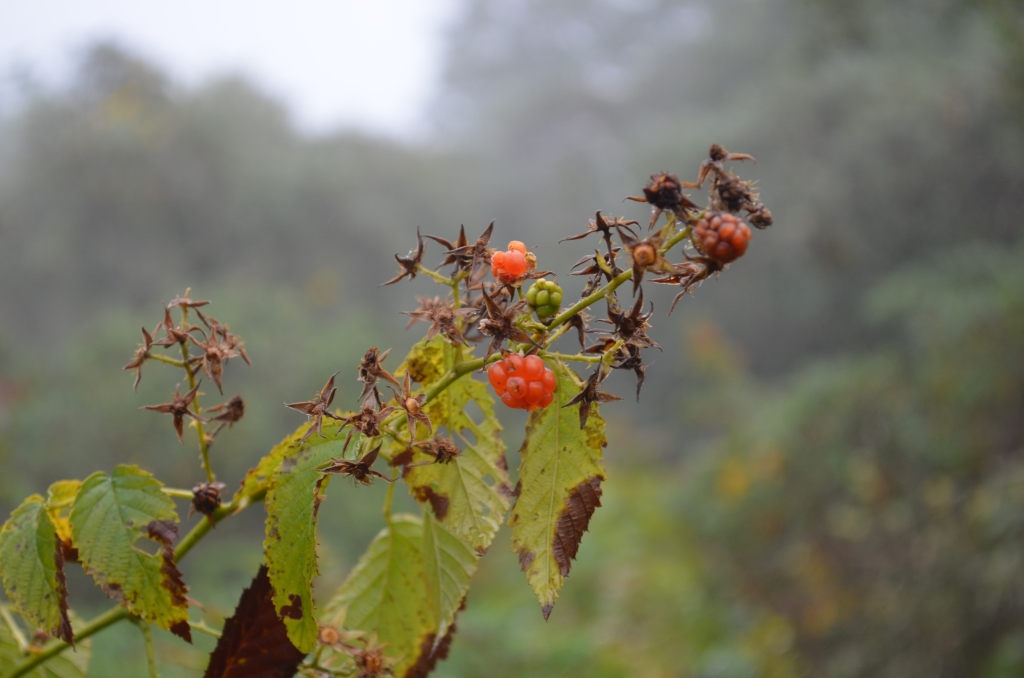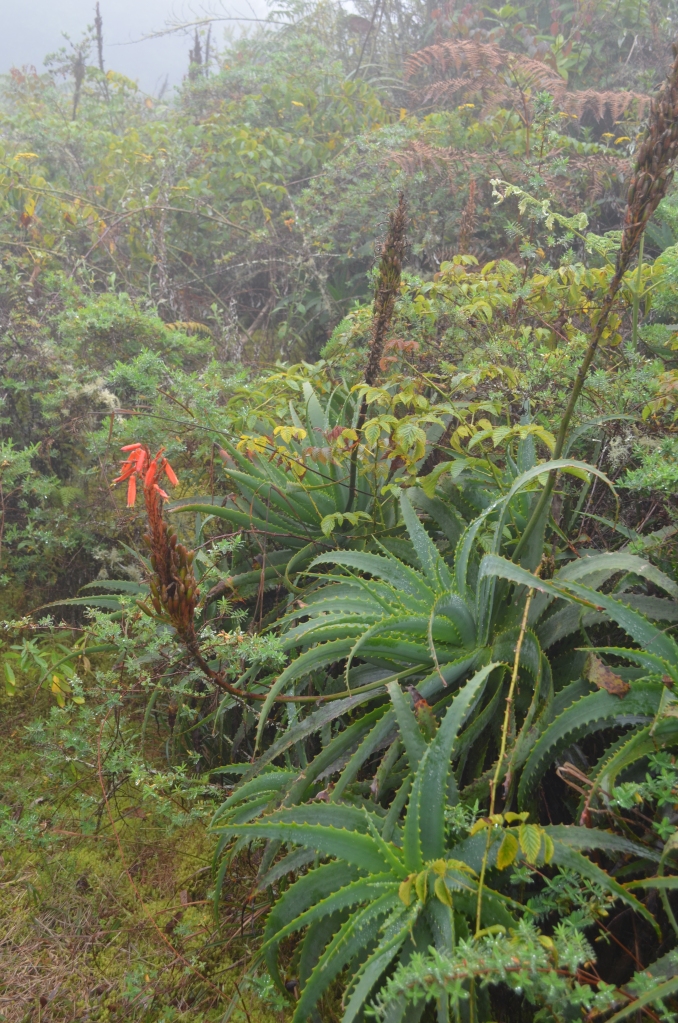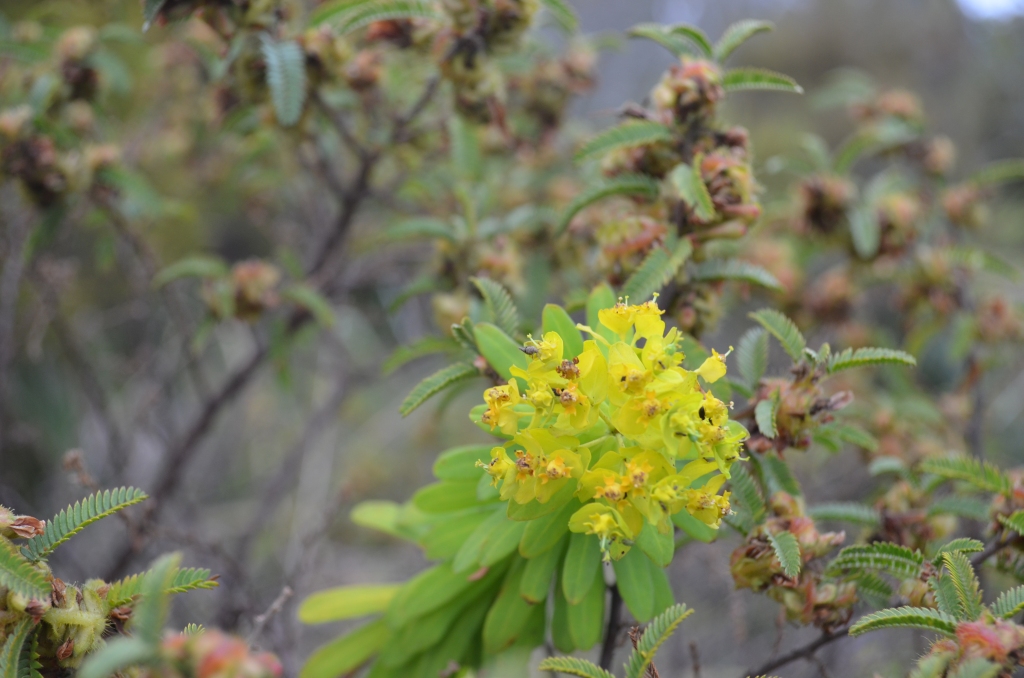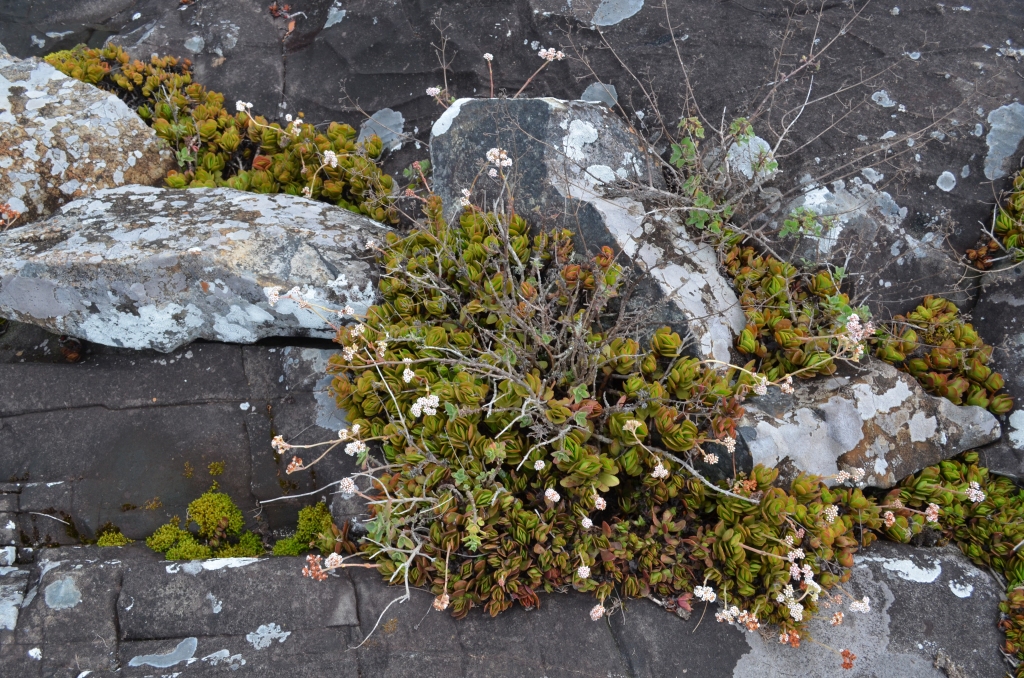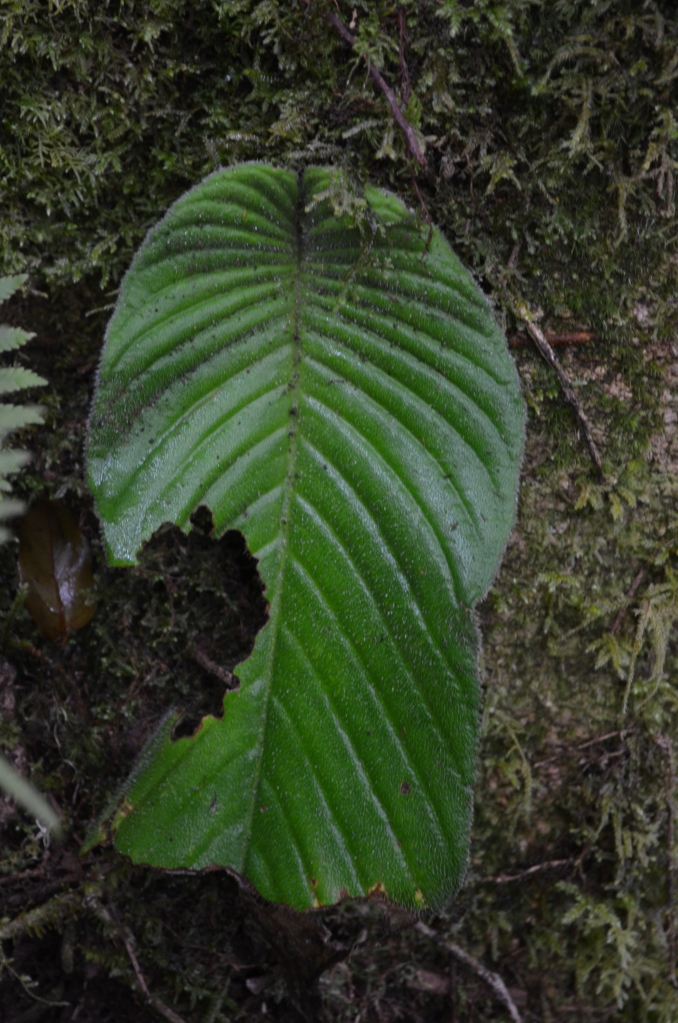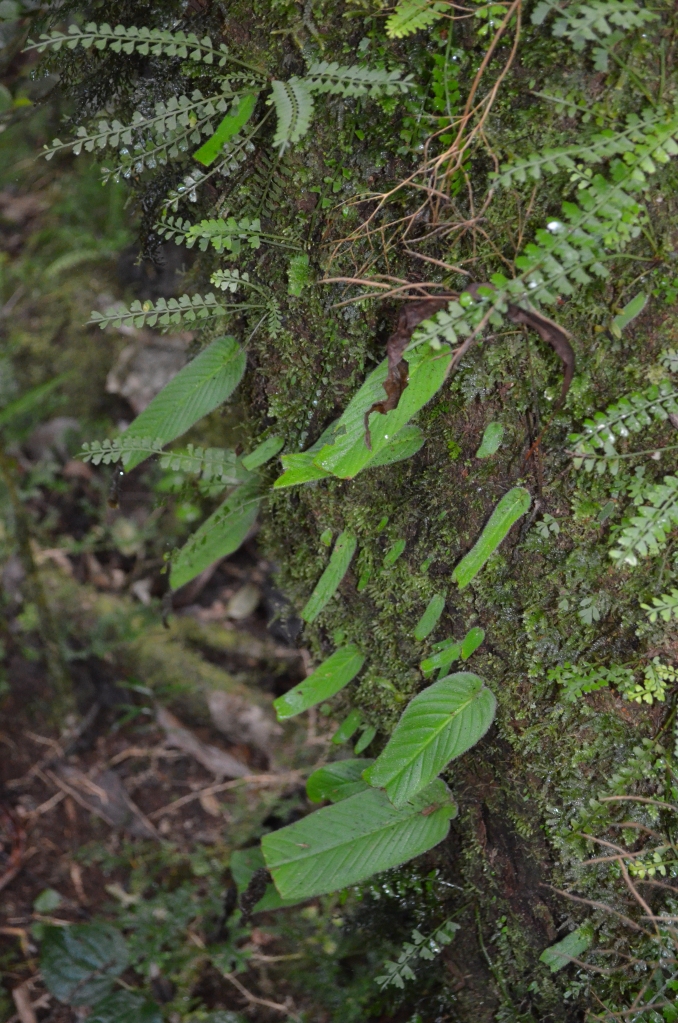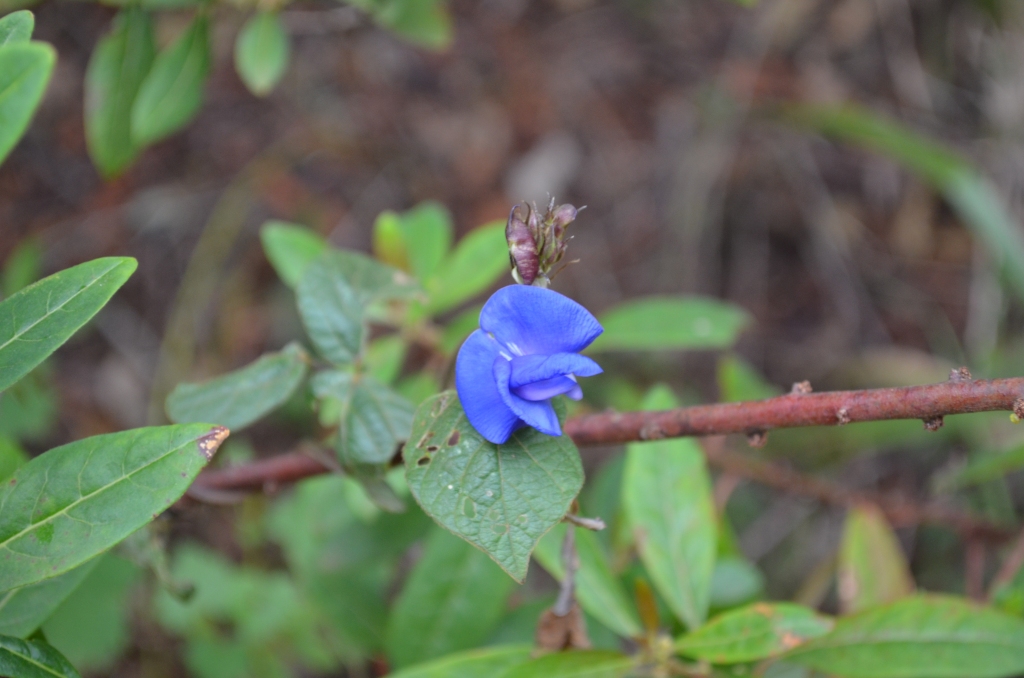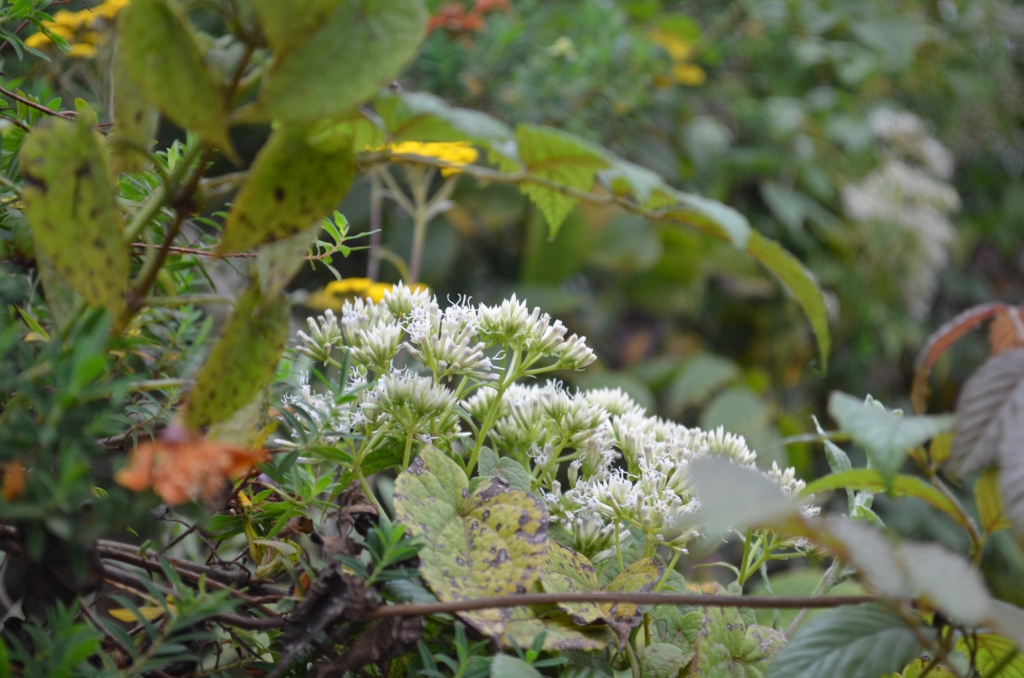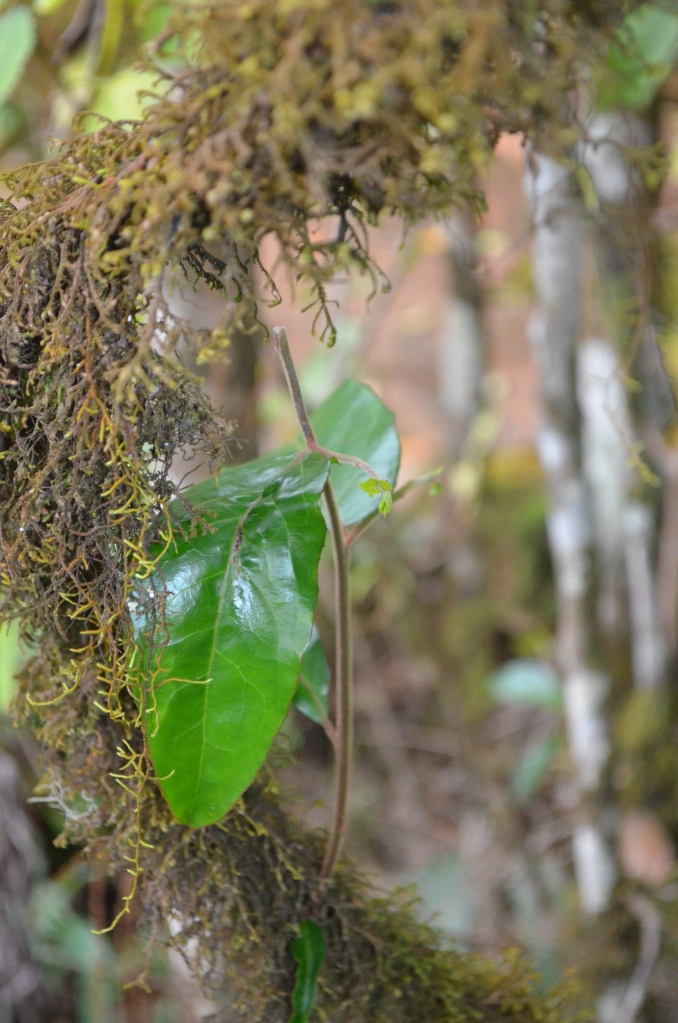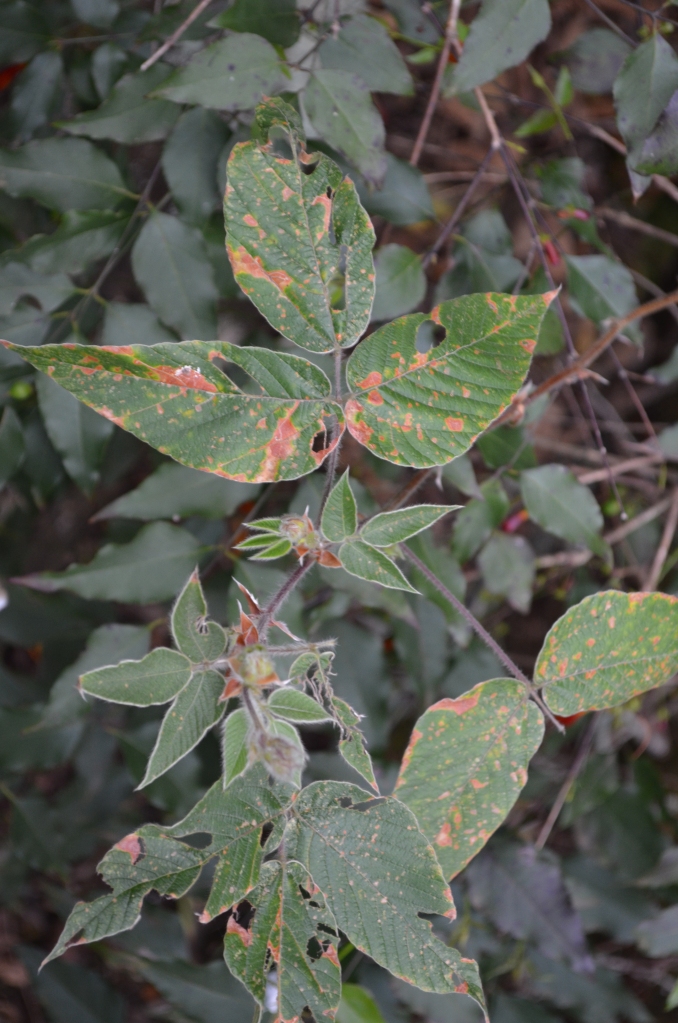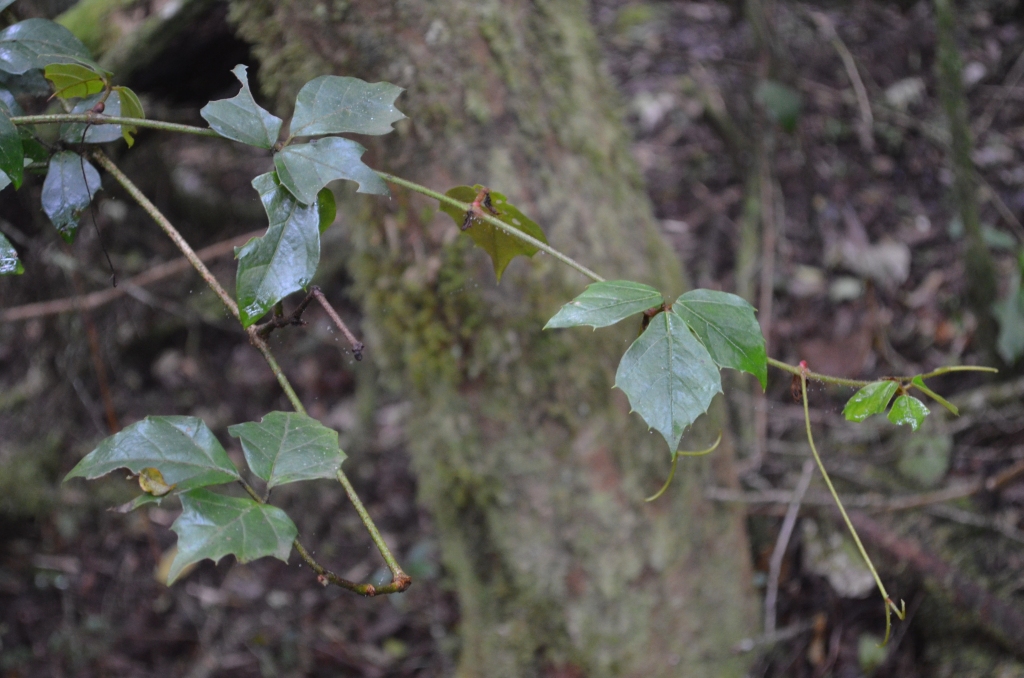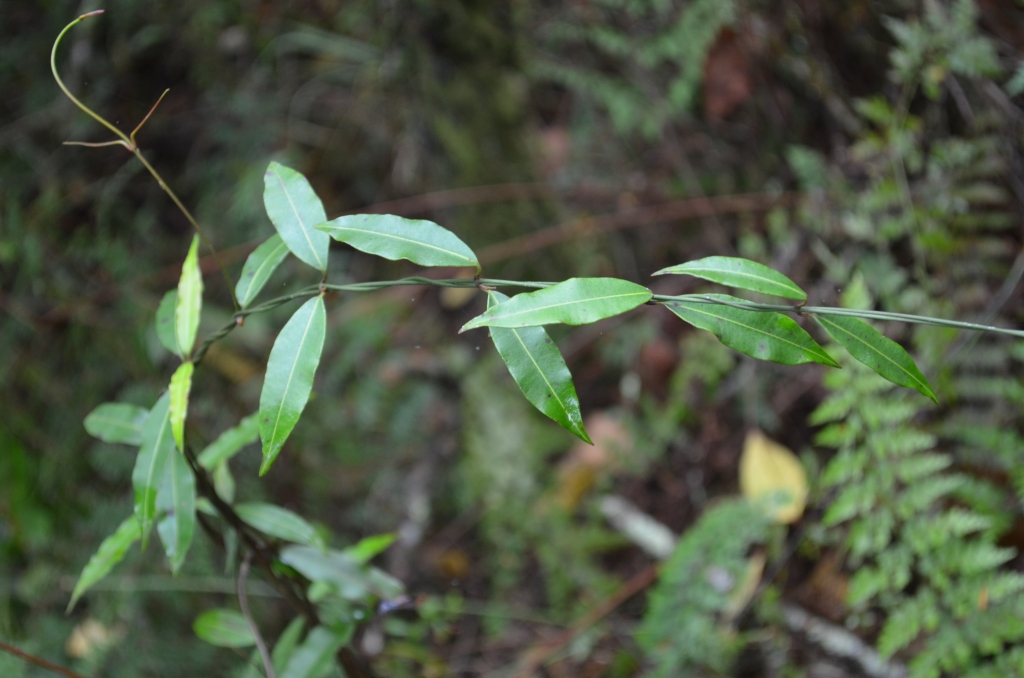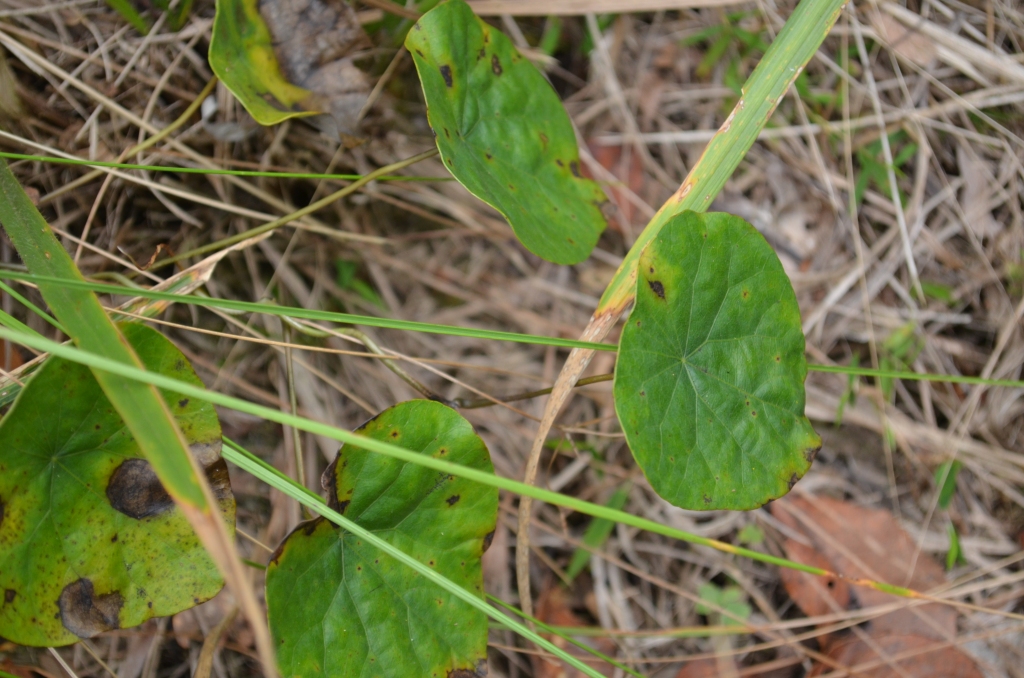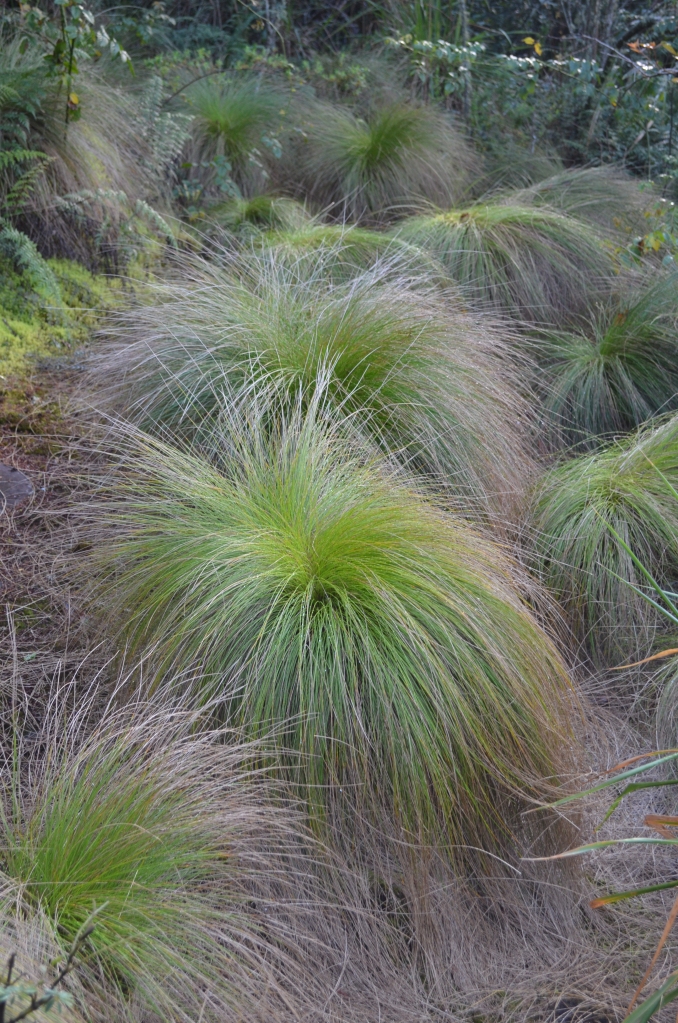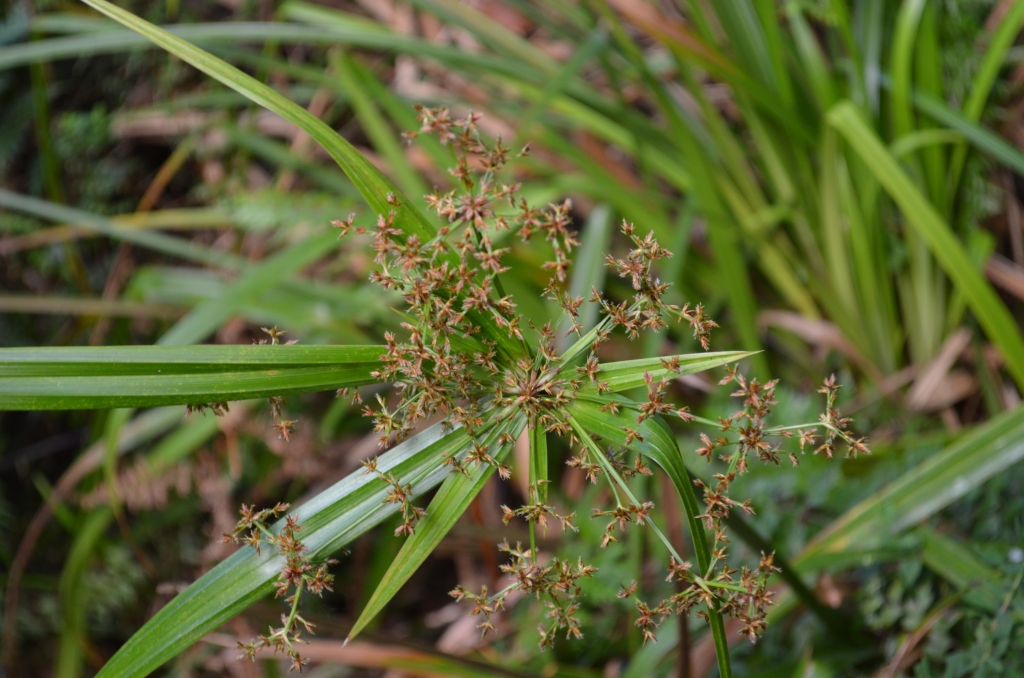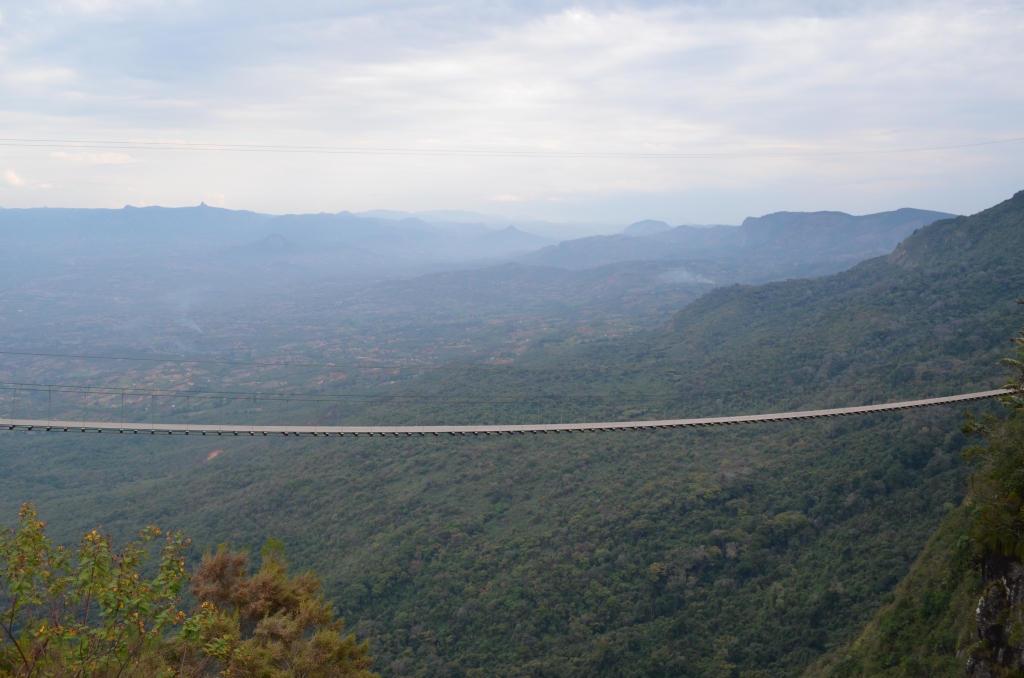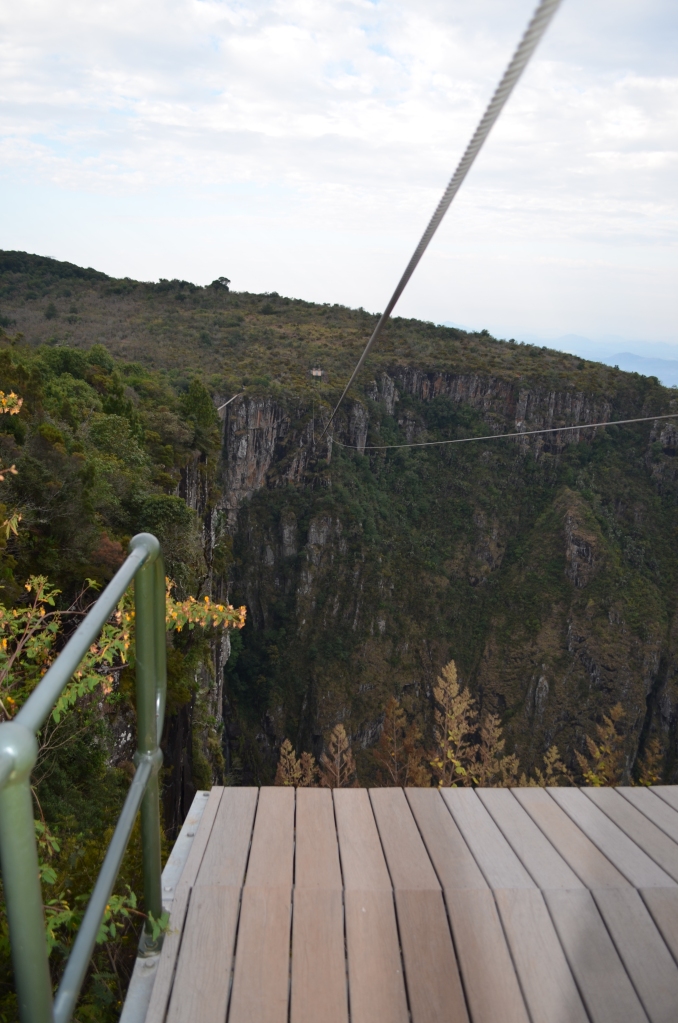My dad and I just went on a brief trip to Cape Town, and I organized an itinerary for us that went from Franschhoek, then on to visit my aunt in Uitzicht, and finally to end up in Bloubergstrand. Some Fynbos, wine, family, food, fish and chips, beach and sea to sum it up. It was absolutely delightful. I love Cape Town, and having family there always makes it a special experience.
We arrived a bit later than expected into Cape Town airport (delayed flight of course!), however who feels like complaining when the plane takes you over those gorgeous mountains, then over sparkling sea with just the shadow of a shark lurking somewhere underneath, and on to drop you into the most beautiful city. Not me. We’d arranged a shuttle through Wolf shuttles, and were picked up straight away and driven out to Franschhoek, passing vineyards and horse farms in Stellenbosch. The sky was blue, temperature about 24 degrees, sublime. I think arriving safely always feels a bit like you’ve glugged a few glasses of champagne, with bubbles of happiness and relief. It took about an hour from the airport to Franschhoek, and so we arrived at our guesthouse, Centre-ville just around 7.30pm. The host helpfully called ahead to Le Bon Vivant restaurant, and our stay was off to a fabulous and delicious start.

The next day, rain was forecast, and wind, and the forecast was right. Black skies blew across and then cleared into a tiny ray of sunshine, before rain, a rainbow, and then repeat. It wasn’t too heavy though, so our plan to visit Mont Rochelle reserve was still doable. After breakfast, and loaded up with plastic bags for cameras, an umbrella and a couple of ponchos, we got a tuk tuk taxi up to Mont Rochelle reserve, about a ten minute drive from our guesthouse. It’s just about 200m off the tar road, with a small parking area, portable toilets, and a small office where you can buy tickets (70 rands per adult) with cash or pay using the zapper app. The reserve forms part of the Boland Biosphere Reserve, a UNESCO declared World Heritage Site, and is 1 759 hectares. It is also where you can see the unique flora ecoregion that is fynbos – a small belt of natural shrubland or heathland vegetation located in the Western Cape and Eastern Cape provinces of South Africa which is known for its exceptional degree of biodiversity and endemism.

There are a few trails marked on the board by the office, and we started off on the Perdekop trail. The wind was howling over the mountains and it drizzled off and on, making it a little difficult to take any pictures.



The circular Perdekop Trail rises 850m from its starting point to peak halfway at Perdekop, 1 575m, it is the highest point in the Mont Rochelle Nature Reserve. In winter, it sometimes snows in the reserve, and you can see it best on the Perdekop trail.


The Fynbos vegetation includes Proteas, Restios, Ericas (Heathers), Geophytes, and montane species, but you can also see a number of succulents, and the dazzling bright red Cyrtanthus elatus, George lily.






The infertility of fynbos soils, means that fynbos needs fire to convert accumulated dead vegetation into nutrients. In mature fynbos plants like many Proteas and Conebushes, fires stimulate them to release their seeds, these germinate only when exposed to alternating high and low temperatures and when the soil is bare, i.e. after a fire. Fire is the principal driving force in the ecological dynamics of fynbos ecosystems, and fires are both inevitable and necessary. Fires occur in fynbos at intervals of 10–15 years, short (4–5 years) intervals between fires can eliminate dominant reseeding shrubs. Increased fire frequency favours resprouting species. Decreases in plant diversity have been noted where resprouting species become dominant. After a fire, resprouting occurs within days, and within weeks the landscape is pockmarked with bright patches of flowers, many of which completely depend on fire such as the Fire Lily (Cyrtanthus ventricosus). If fynbos burns too often, those plants that are slow-growing like big Proteas don’t get a chance to mature and develop their seed. The photo below shows that there was a fire here a year or so ago, with the blackened Protea bush, and other small shrubs.

I love heathers, and there were plenty of Erica species flowering this March.






The Perdekop trail was full of blooming geophytes too, that kept grabbing my eye: Tritoniopsis, Nerines, Bubinella, and Bulbine too which is also a succulent.





After being buffeted by the wind and rain, we decided to change course and veered onto the Breakfast rock trail, which was even more exposed, so we doubled back and eventually decided on the Aalwynkop trail.

Restios and grasses covered the slopes in beautiful swathes of green and brown..




The proteas and conebushes weren’t in flower yet, only a promise of what is to come, and some lovely colourful leaves.



We followed the road that headed downwards for a while and then a path branched off to the right, with beautiful views over a valley and stream down below.



A few plants from the Asteraceae family are also found in the fynbos here including Callumia, Athanasia, Osteospermum, Gazania, Gerbera, Senecio, Oedera, Osmitopsis, Felicia, Euryops, Arctotis, Helichrysum, Stoebe, Syncarpha, and Ursinia.





The path made its way to some lovely rocky outcrops and here is when we started to see more succulents.


Niched into little enclaves in the rocks were some succulents: Aloe perfoliata, which the trail is named after, Oscularia deltoides, which is a really cute little grey miniature succulent and what I think were some Sedums, Crassulas and Mesembryanthemums.





Also found in between the rocks were an assortment of flowers including nerines, pelargonium, nemesia, phylica and the beautiful white stars of Zaluzianskya capensis.







Fynbos includes several flowering plants that are not found in any other vegetation type: Brunia, Geissoloma, Grubbia, Penaea, Stilbe, Lanaria, and Roridula. This Brunia noduliflora is an unusual fynbos shrub, known as a Volstruisie (little ostrich) in Afrikaans, alluding to the resemblance of the knobby fruits to ostrich eggs.

Then these plants remain a bit of a mystery, excluding what is perhaps Stoebe microphylla (first pic) and Plecostachys serpyllifolia (last pic).




Then to end off this walk was this incredible plant which resembles Lotus berthelotii, but that’s only found in the Canary islands, and so it’s probably a Fabaceae, but unknown to me at the moment, how beautiful in any case.


Finally the walk came to an end at the car park, and we took our ride back into Franschhoek, to our waiting Wine Tram ride and a day full of fun.


